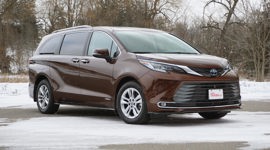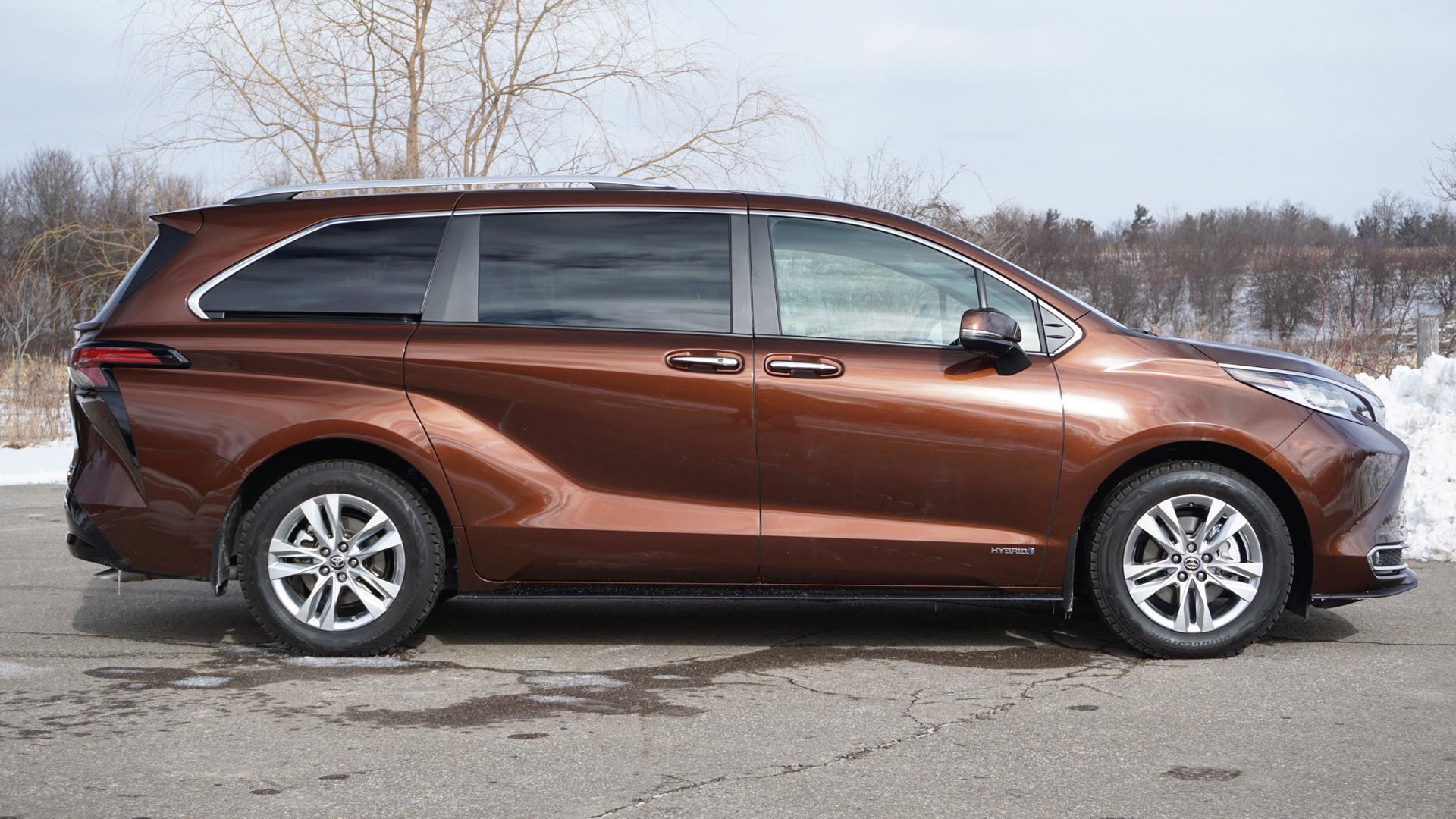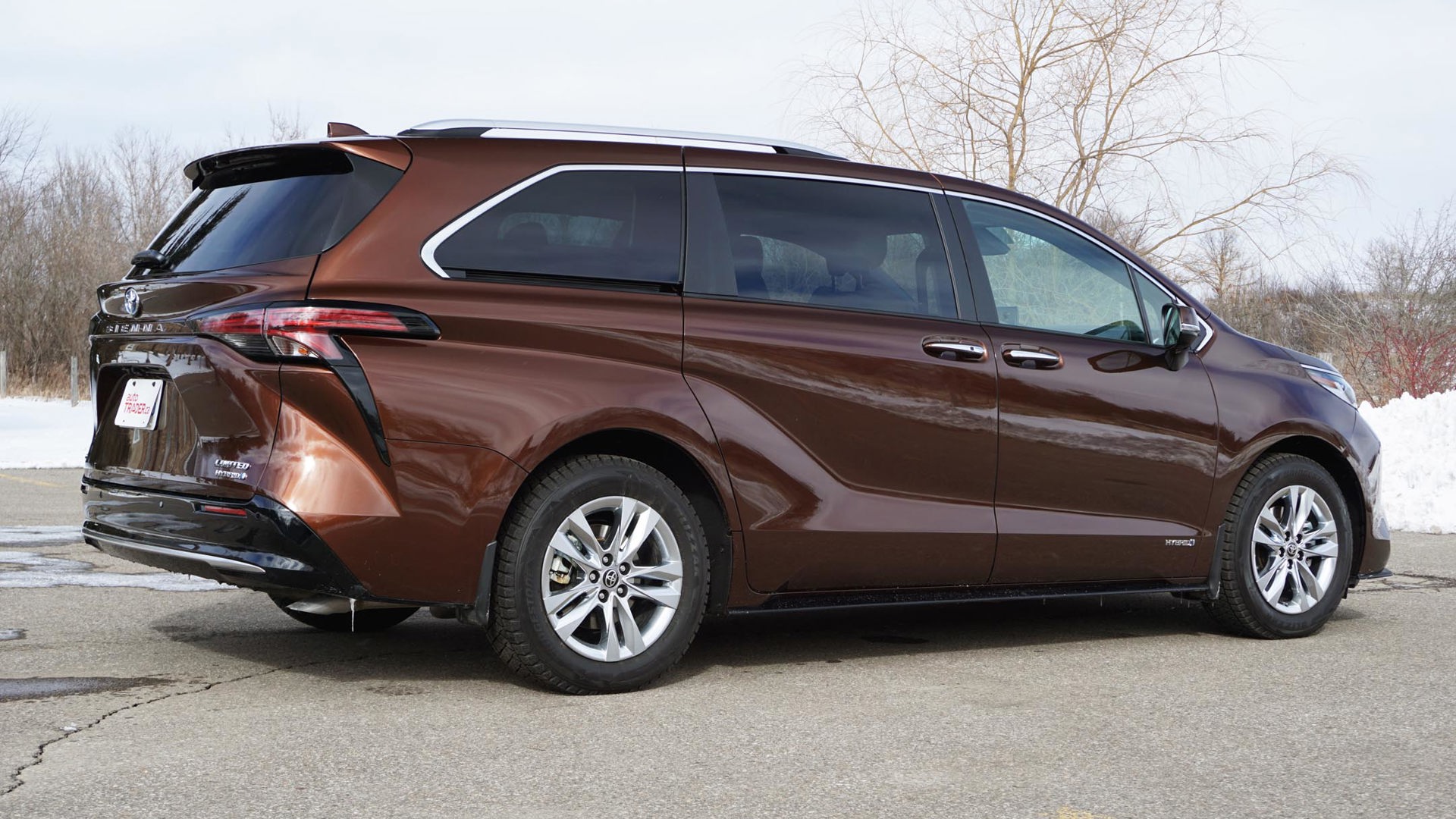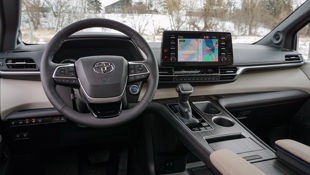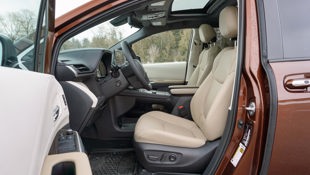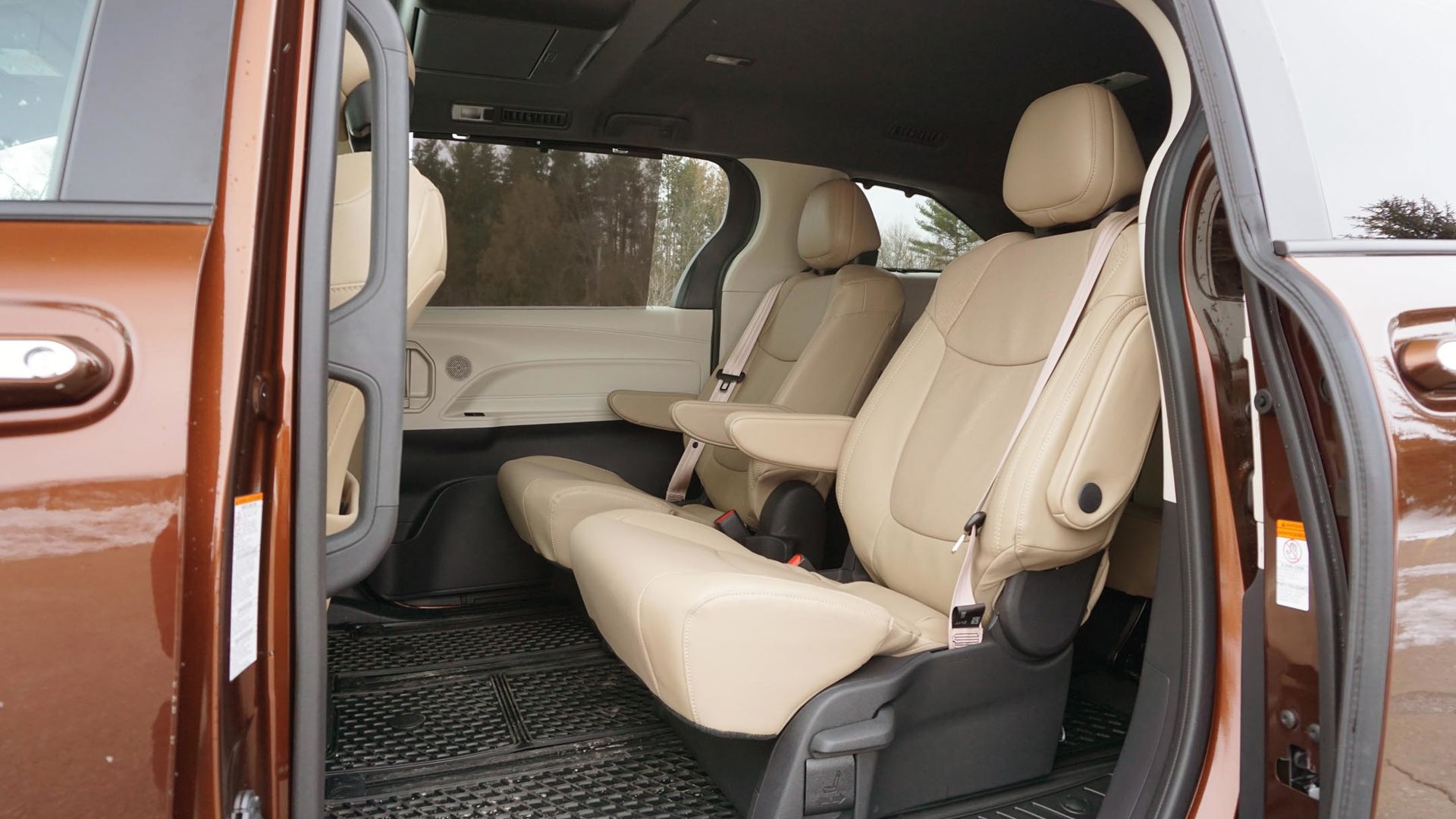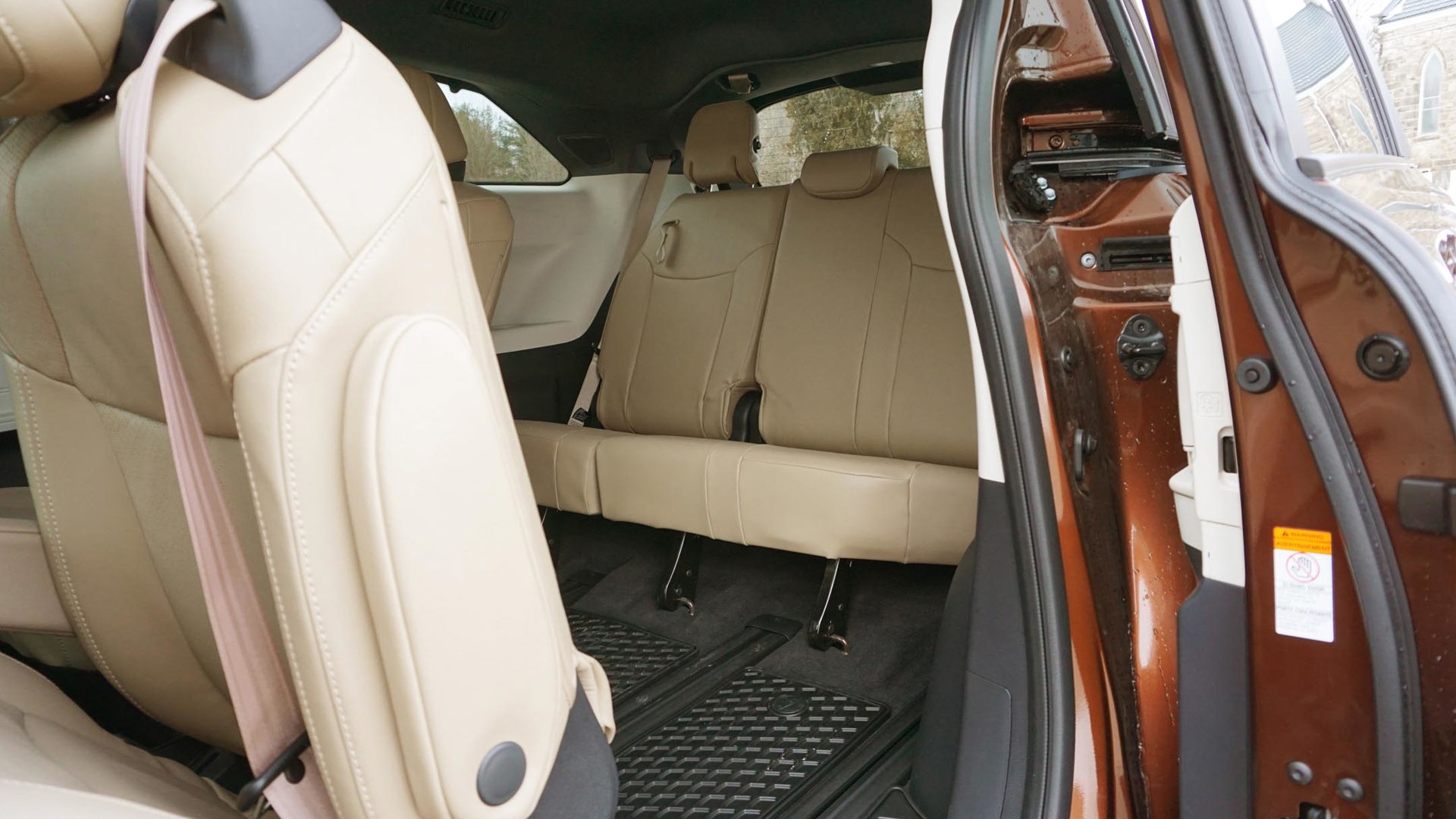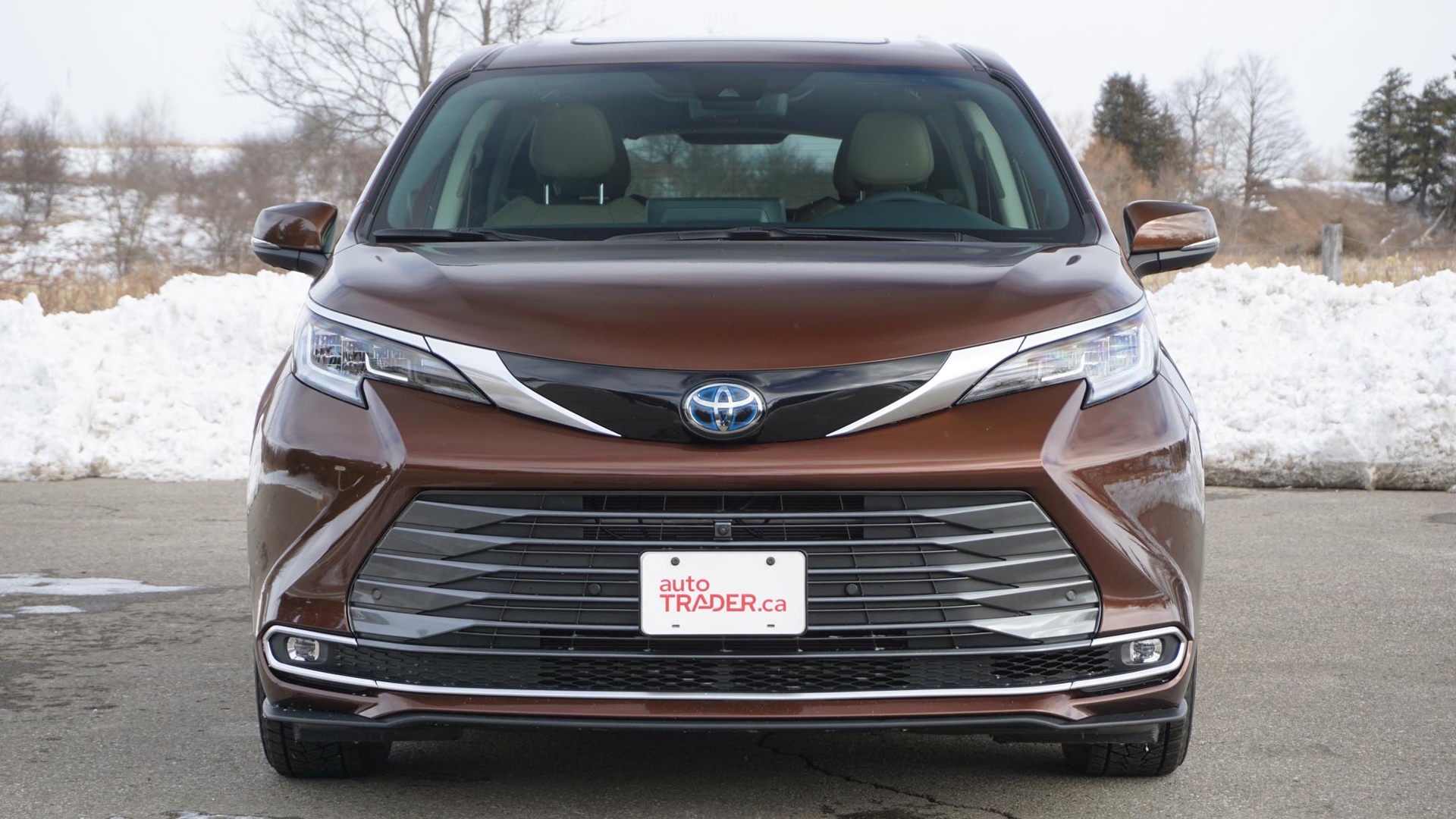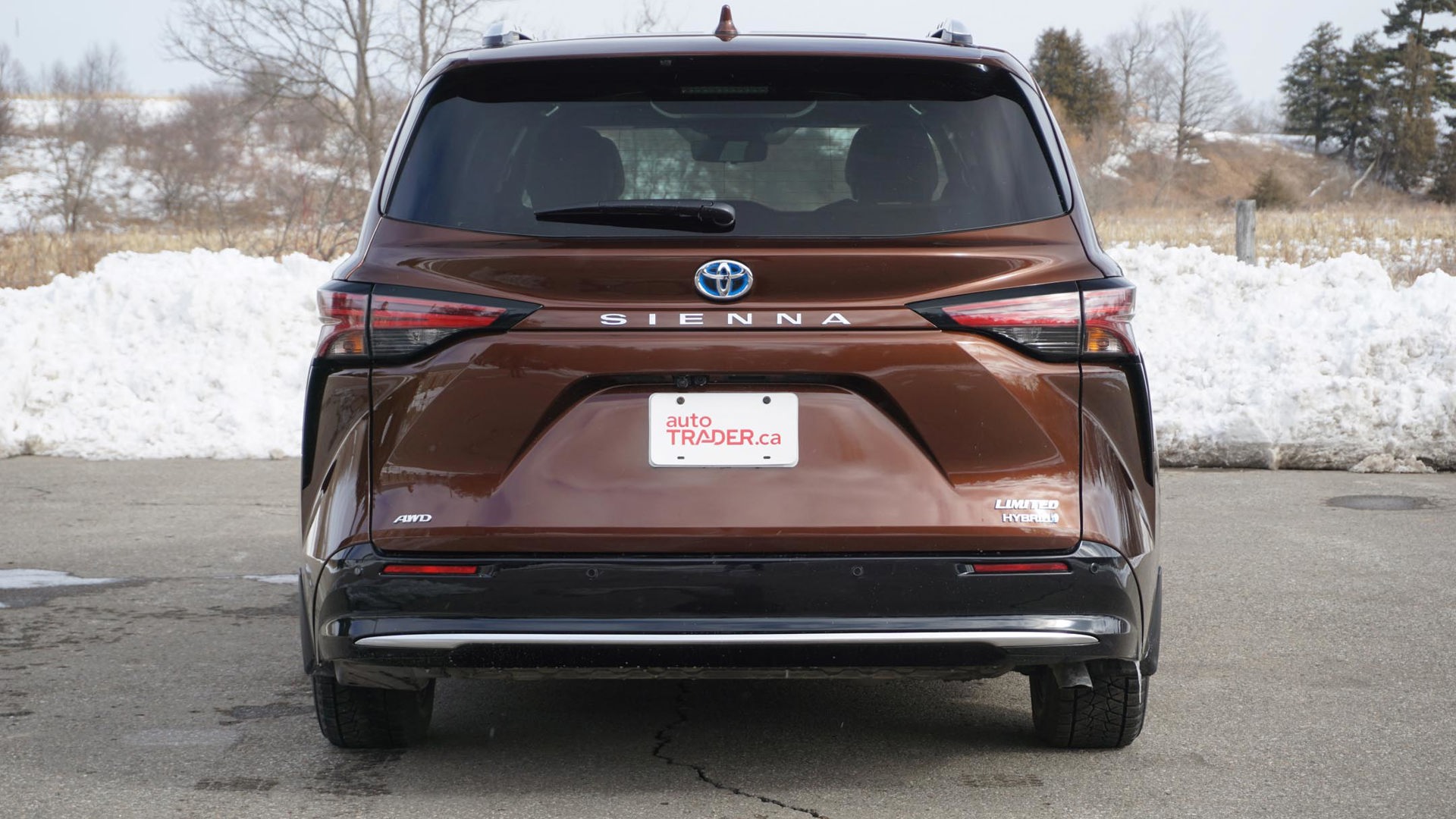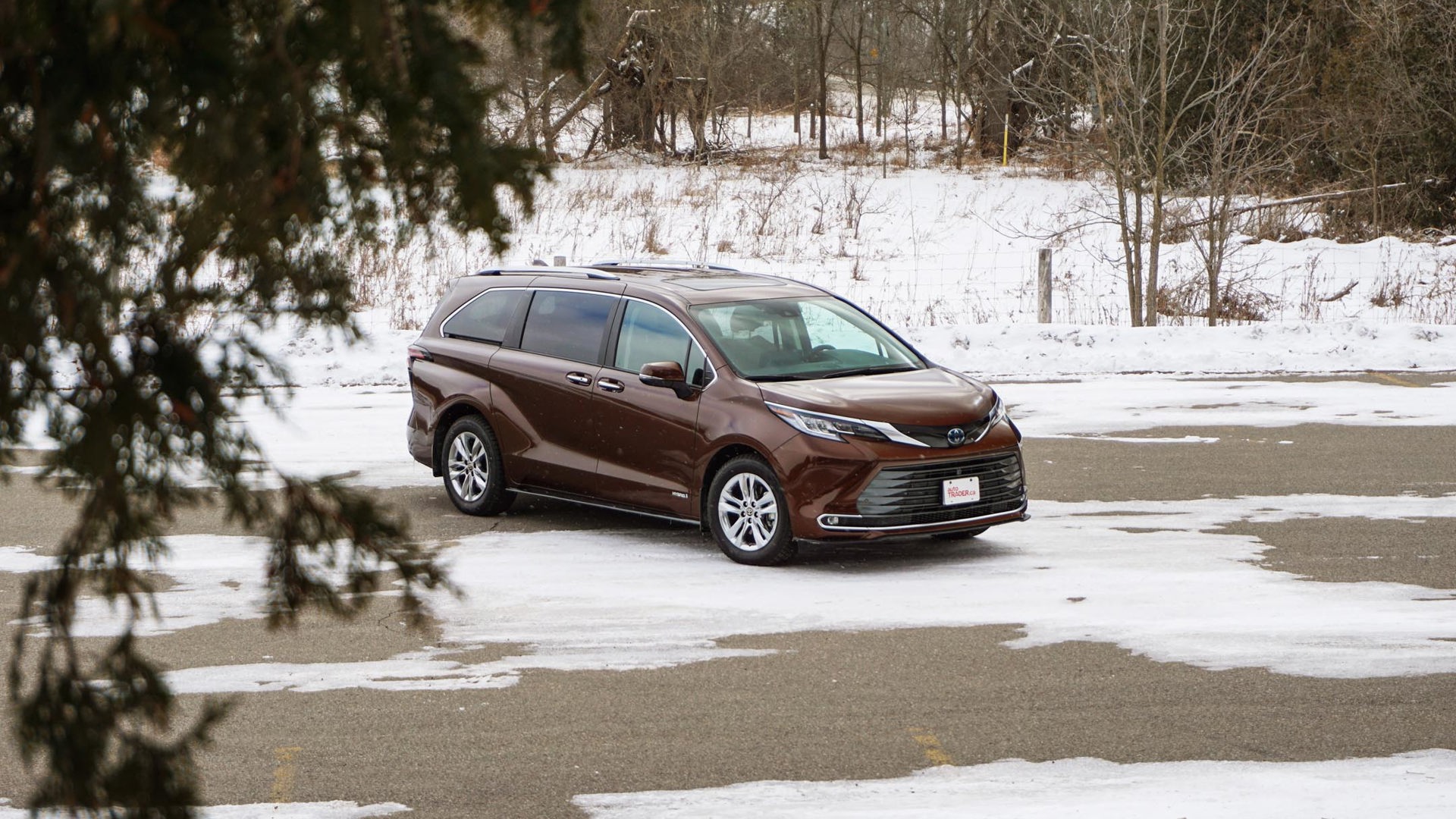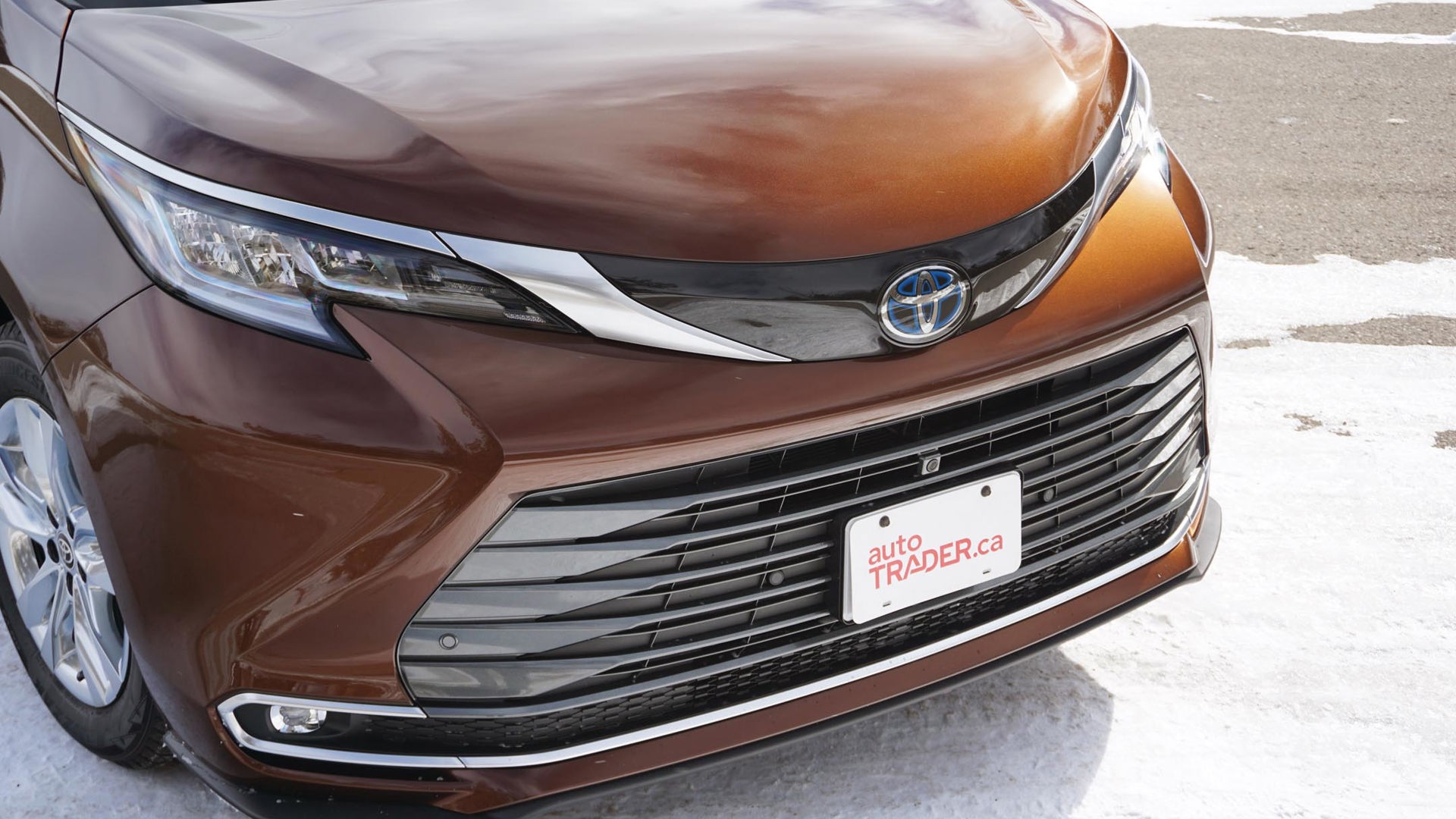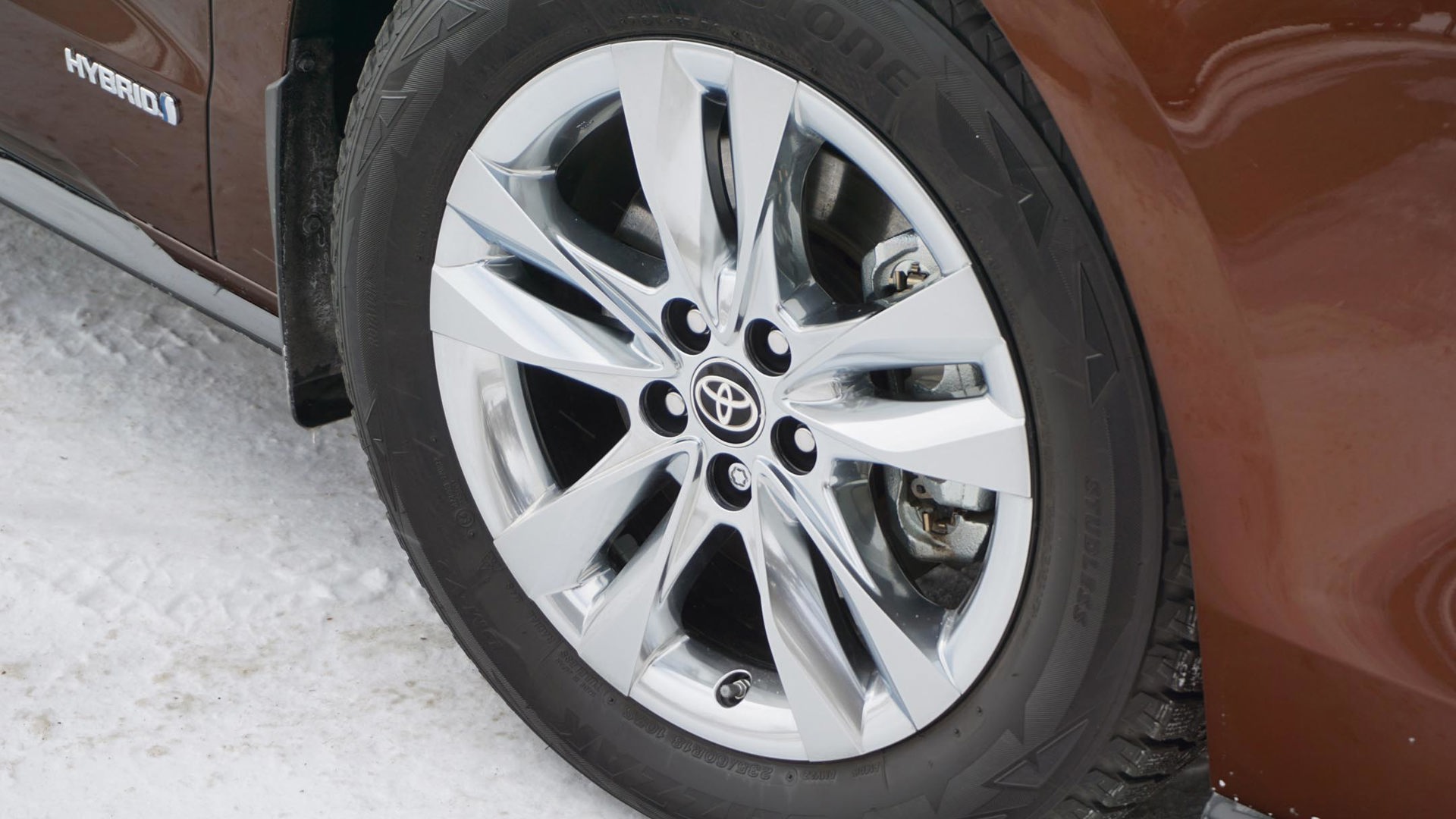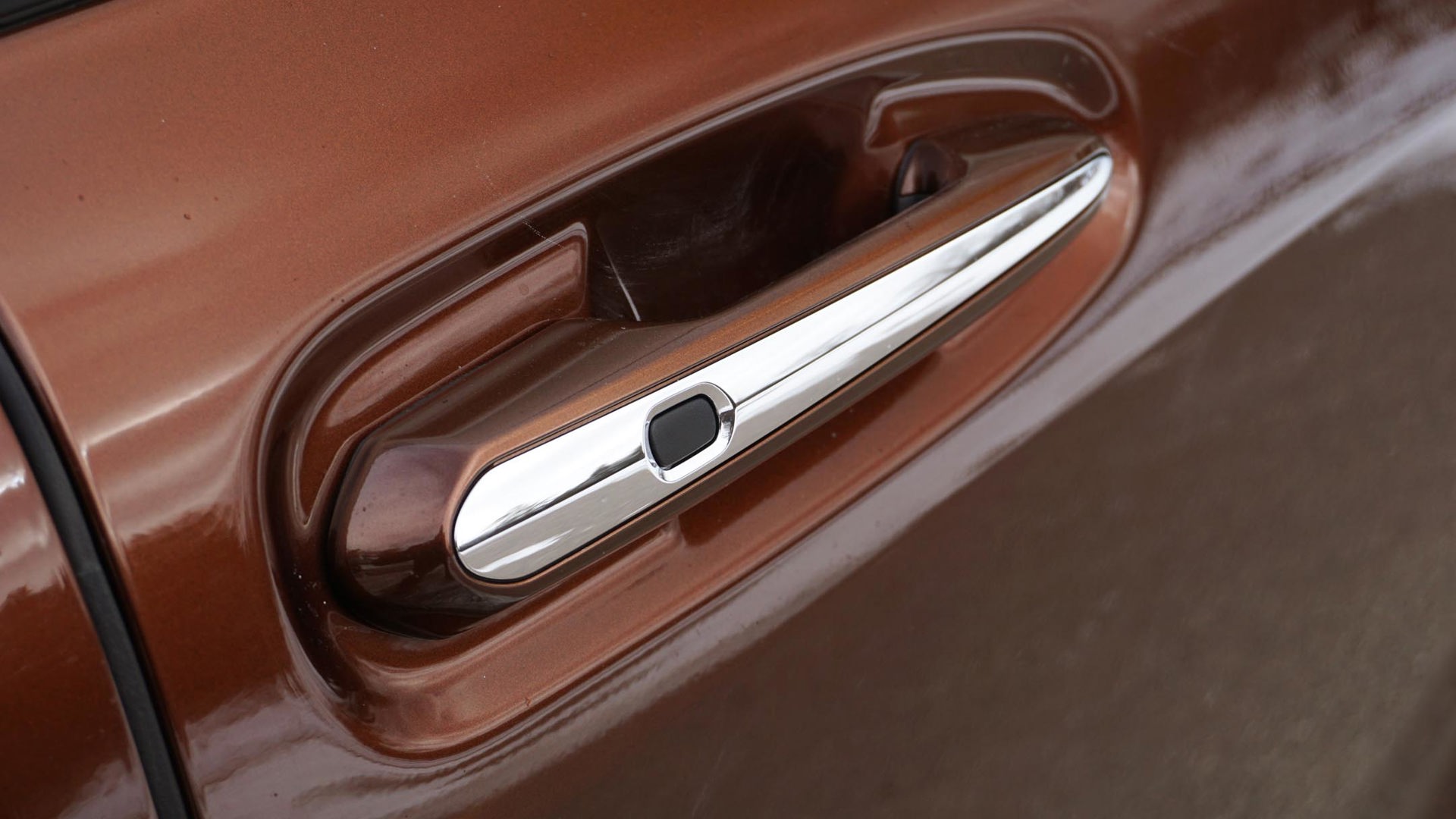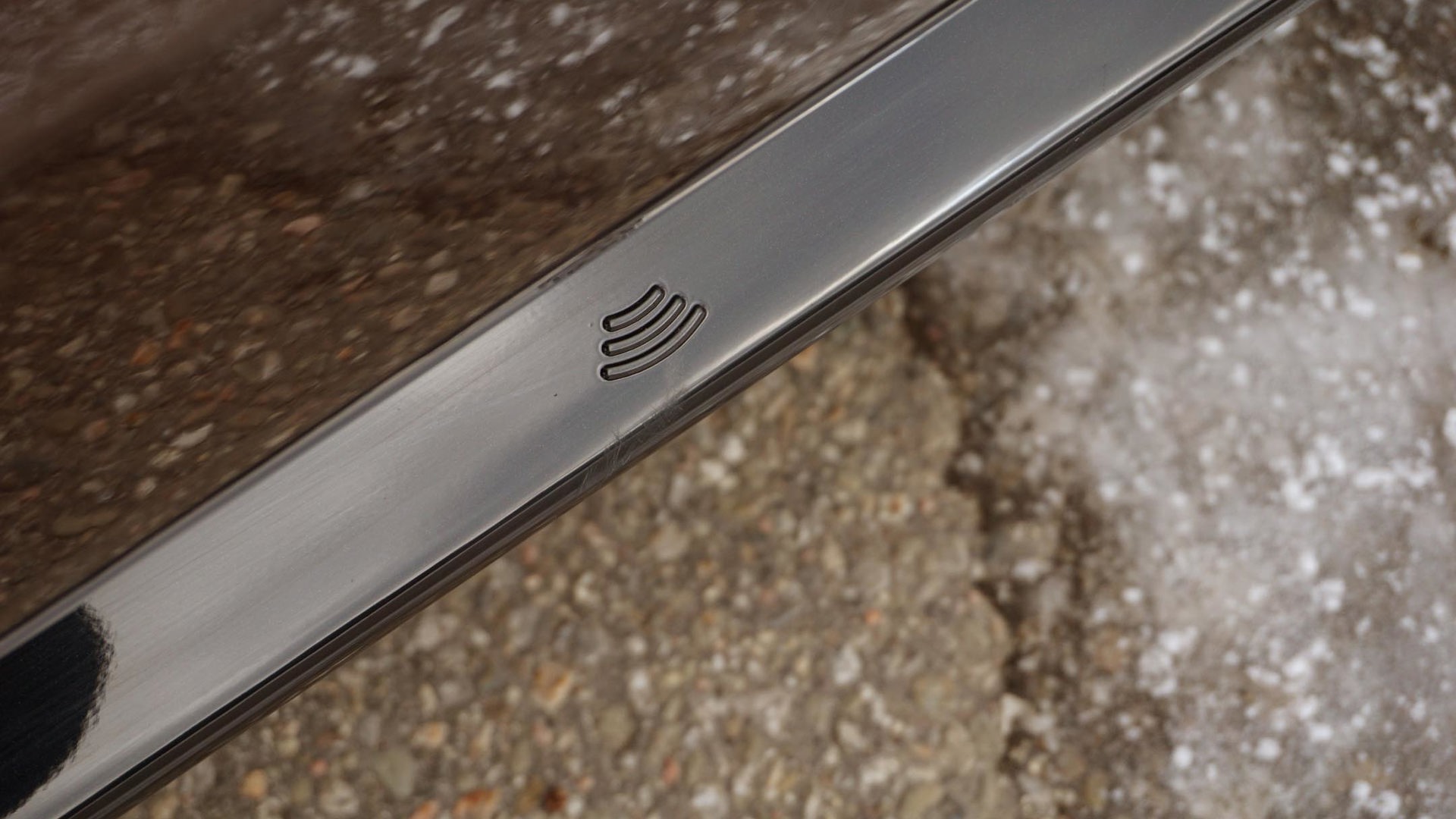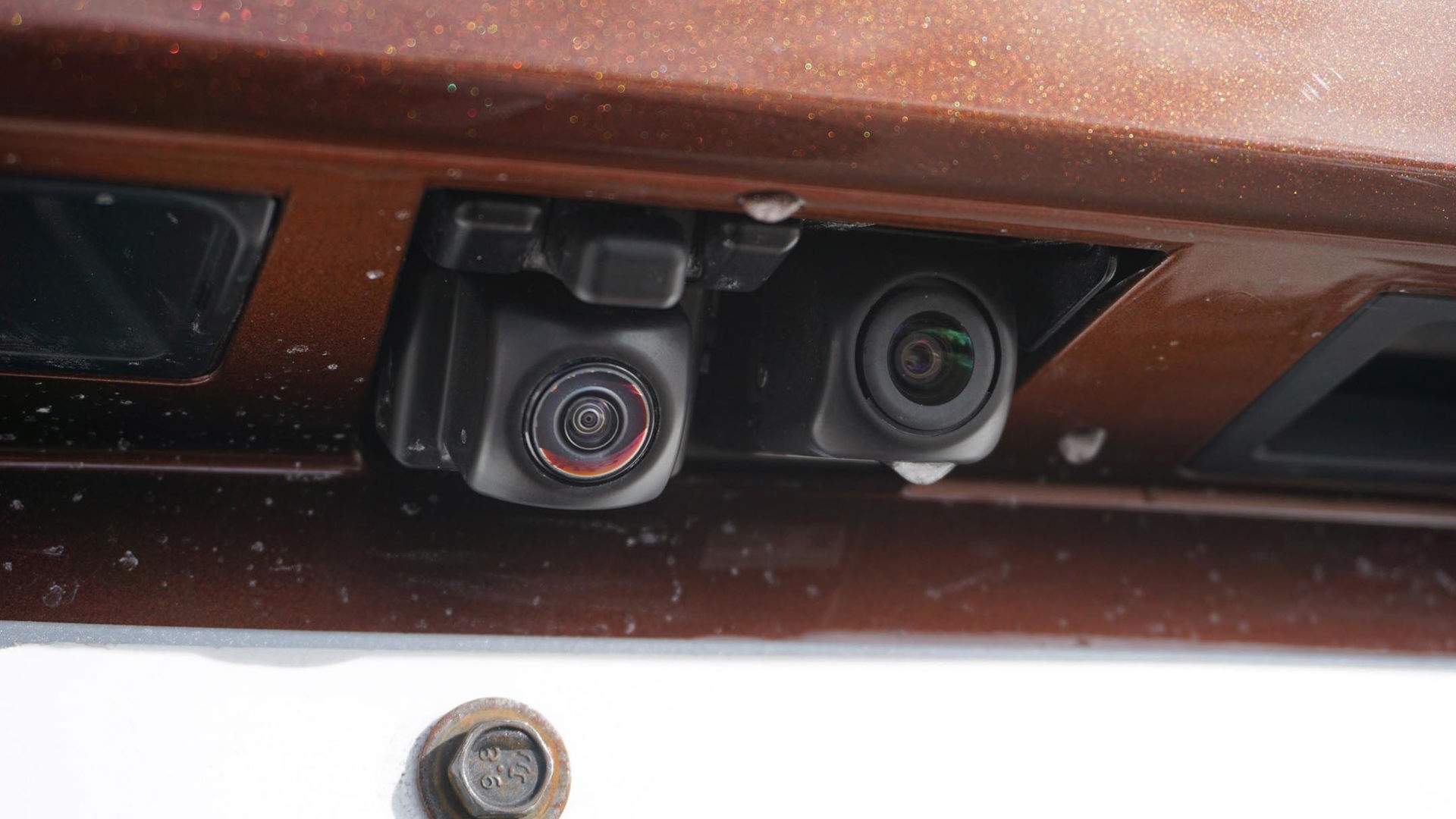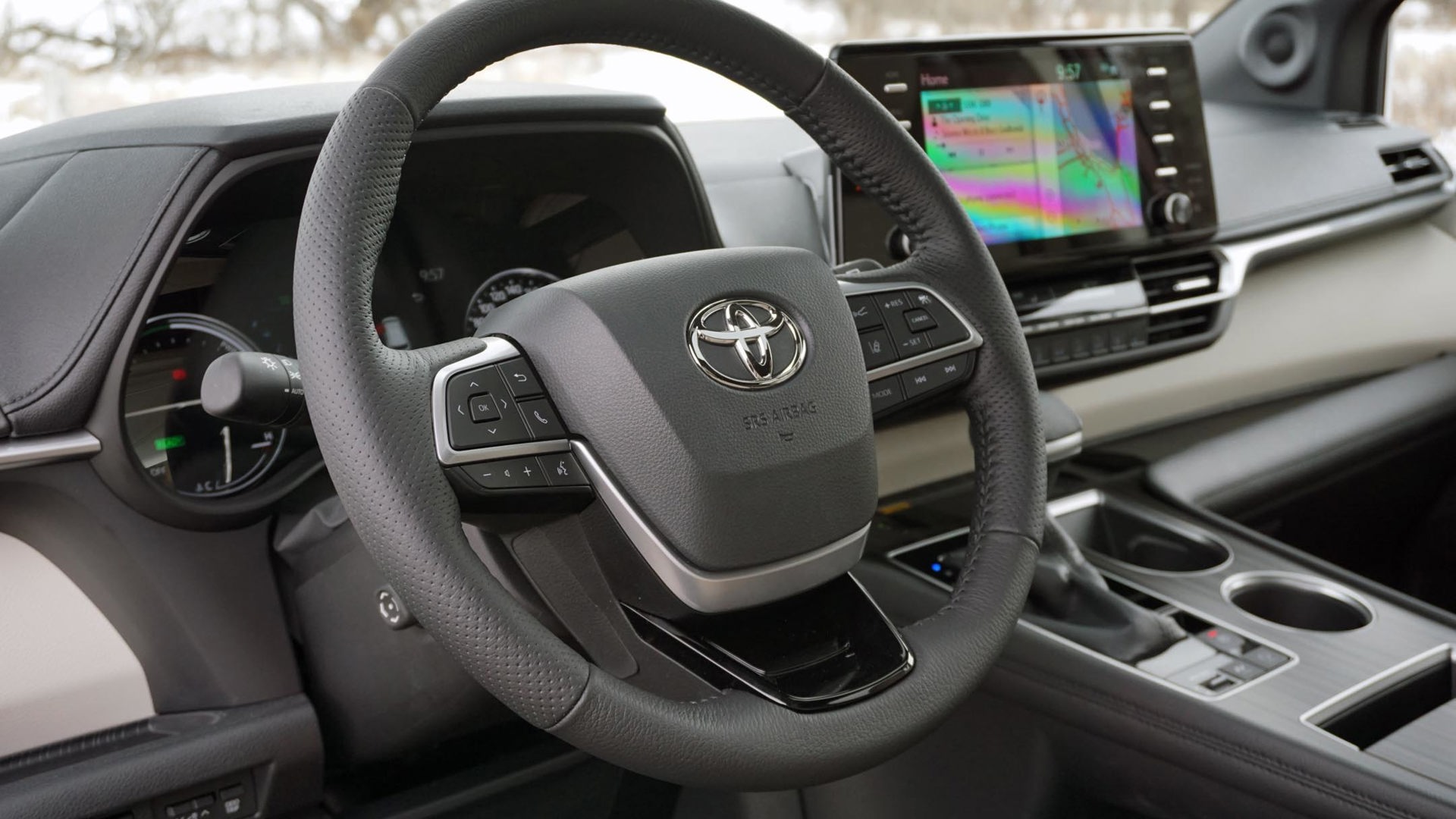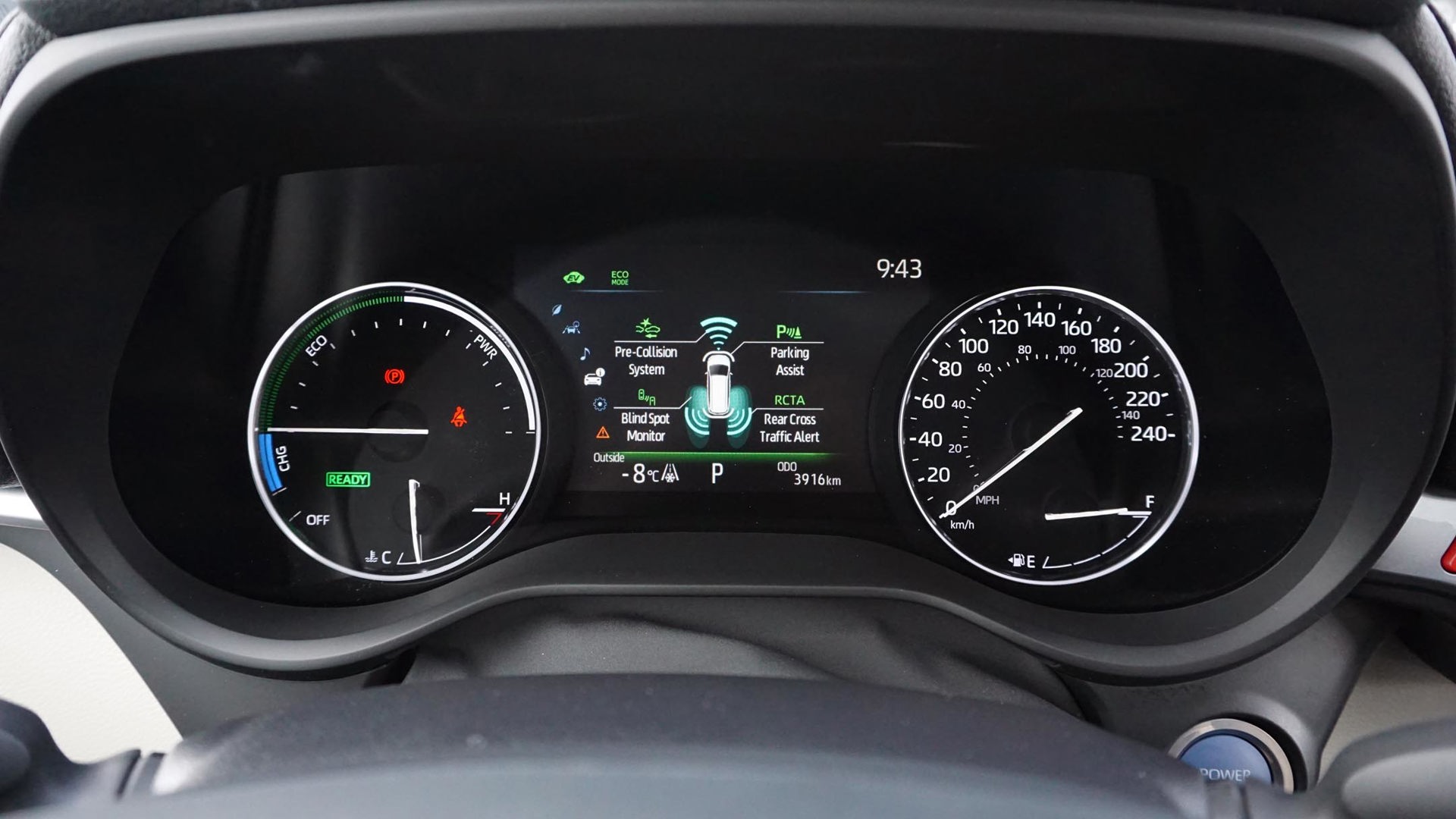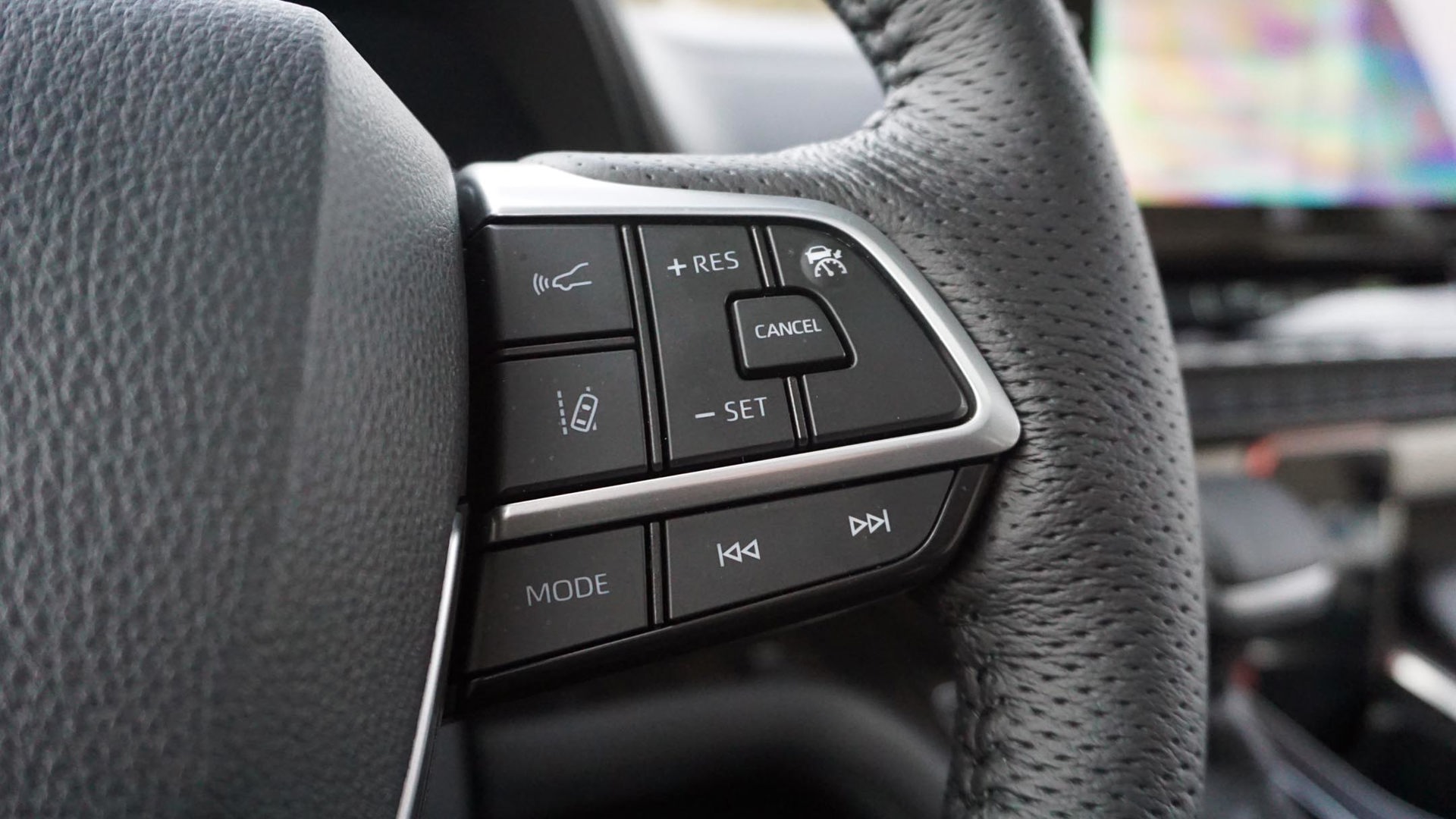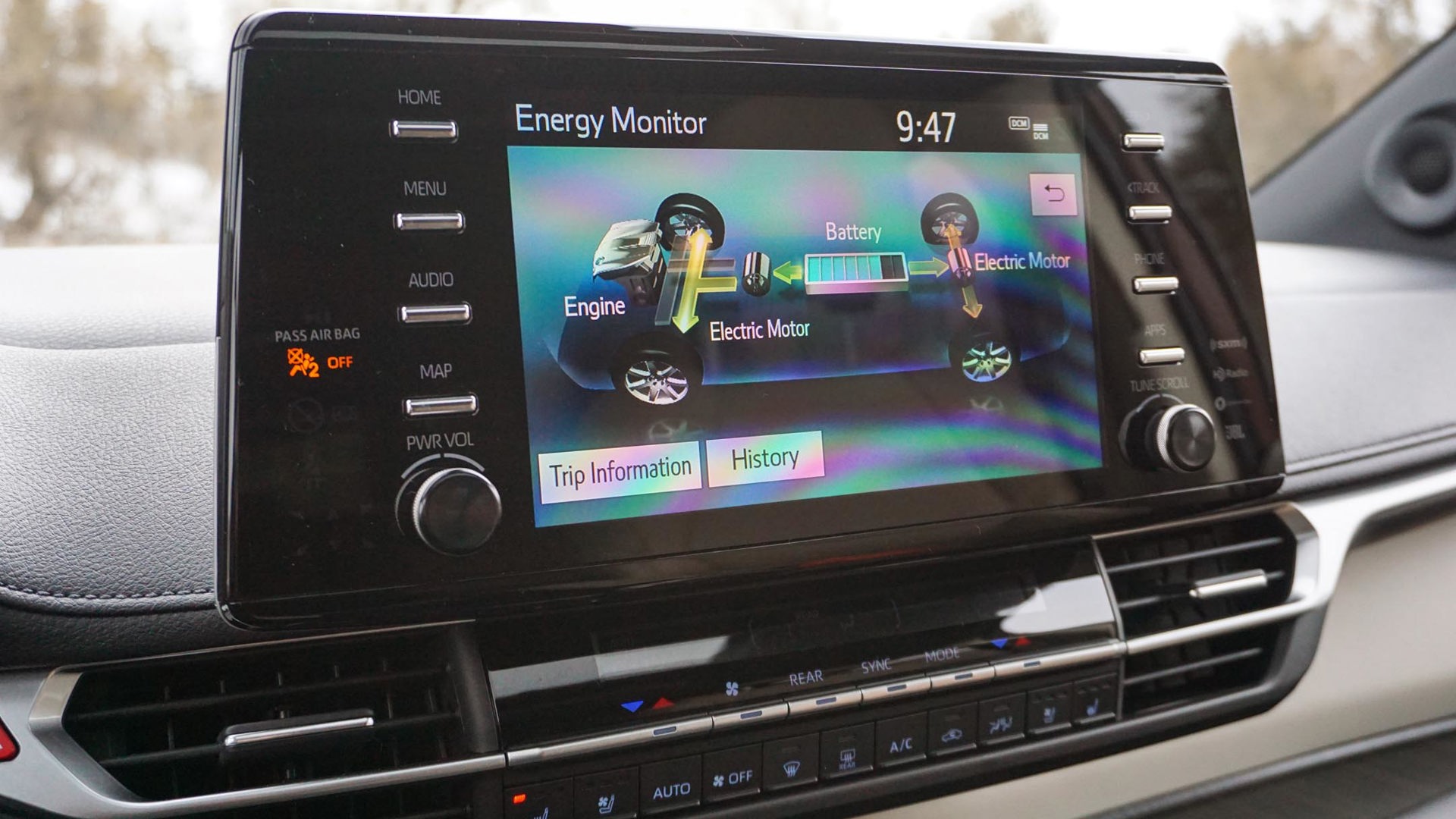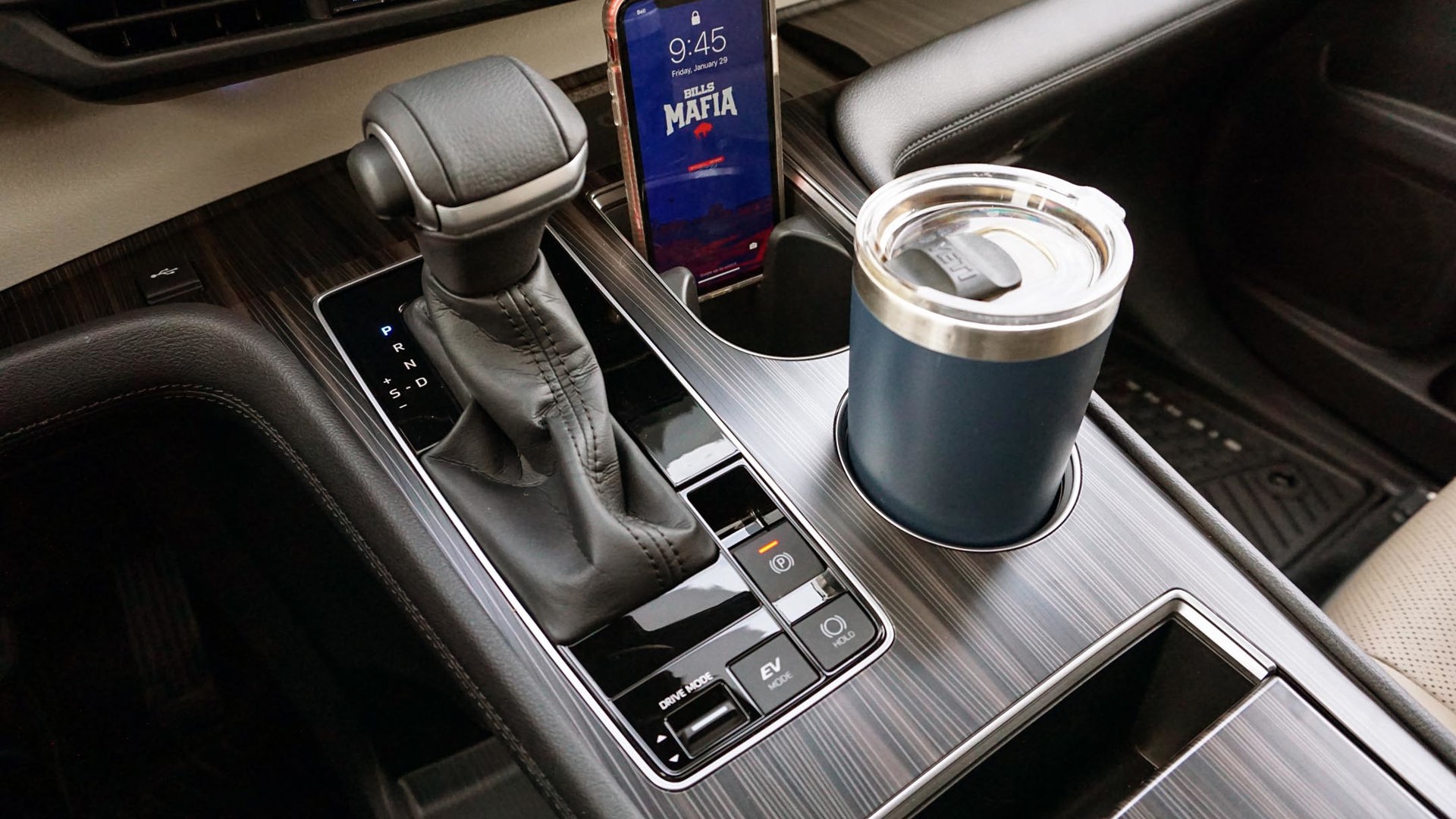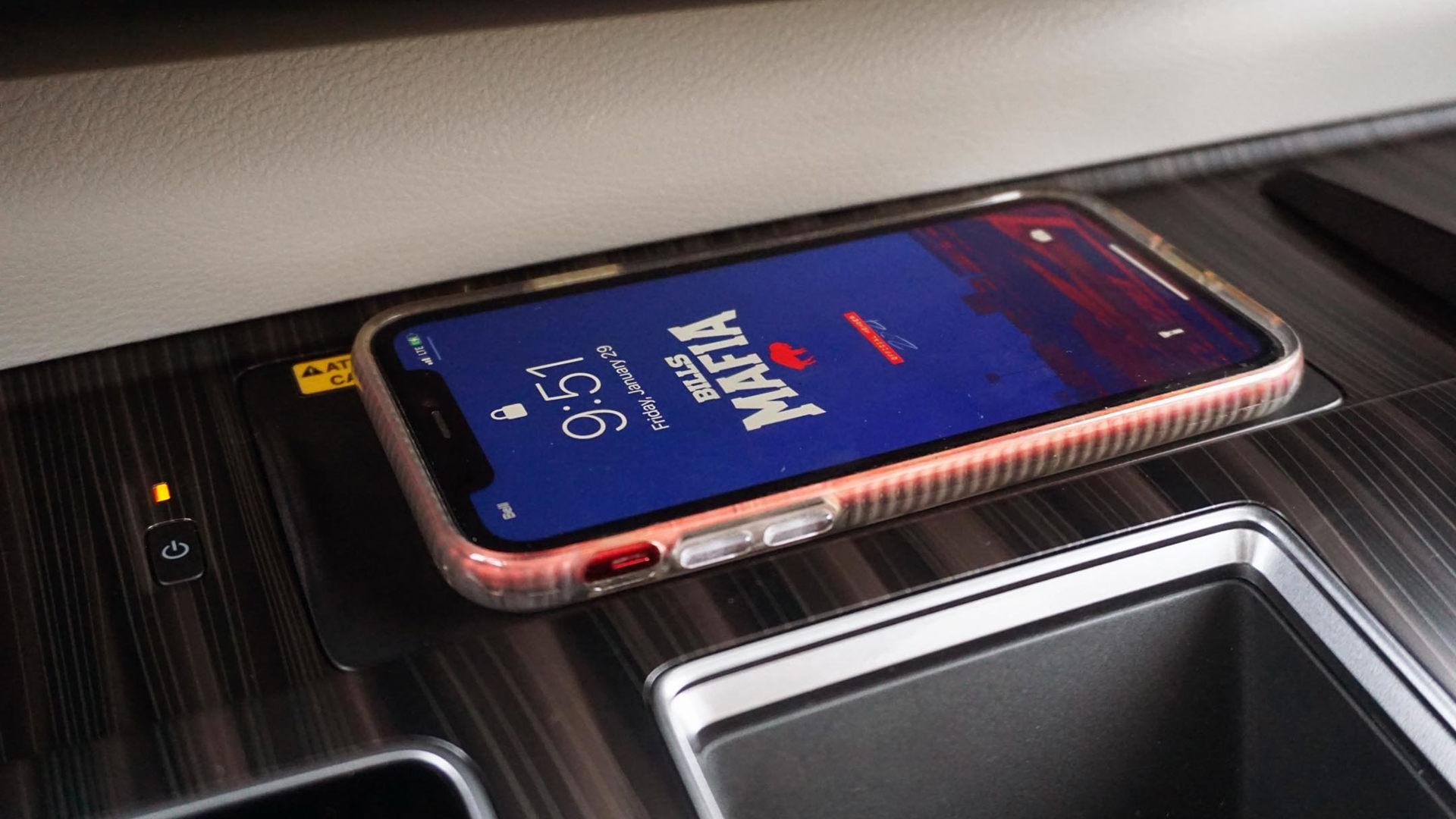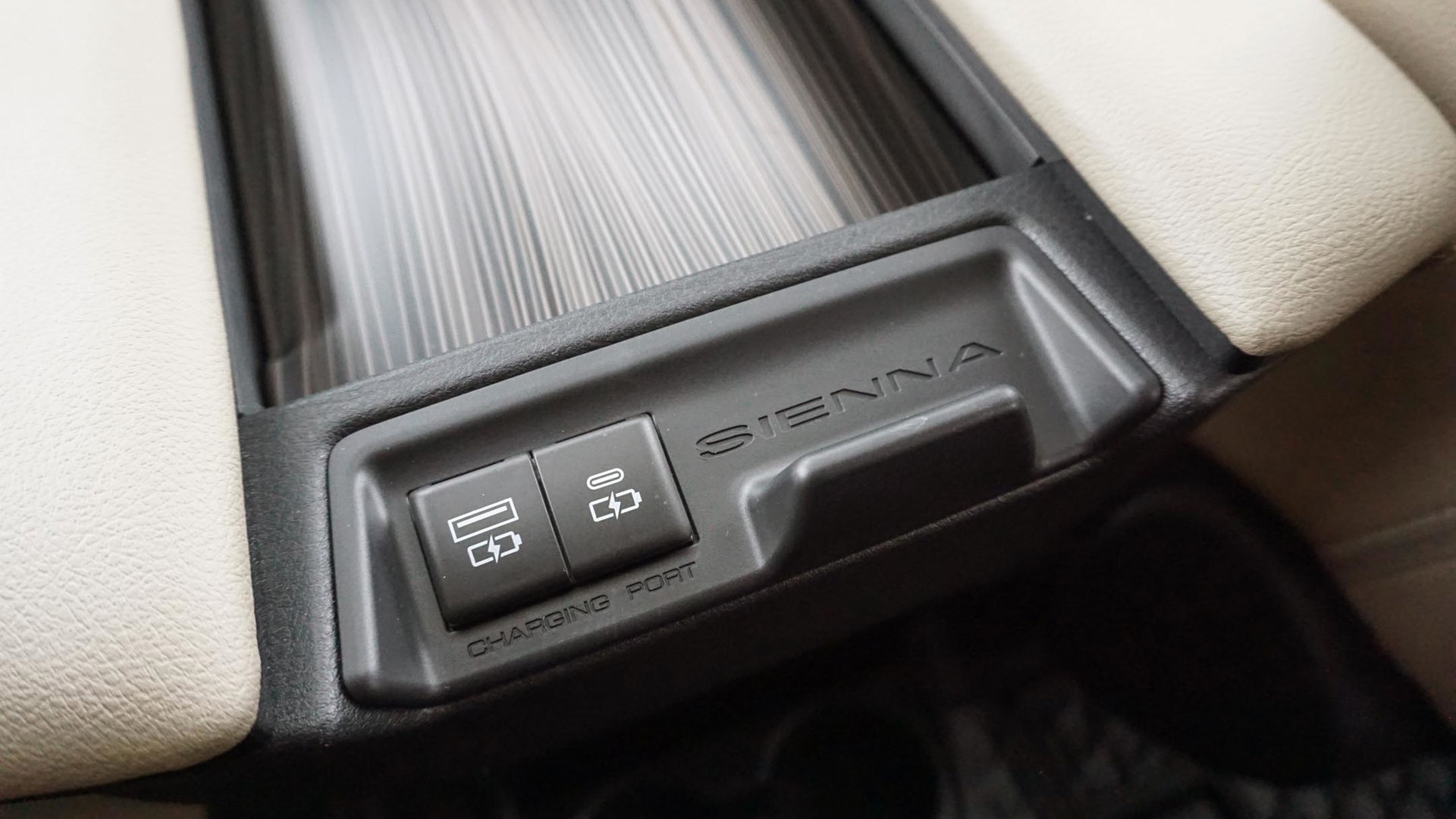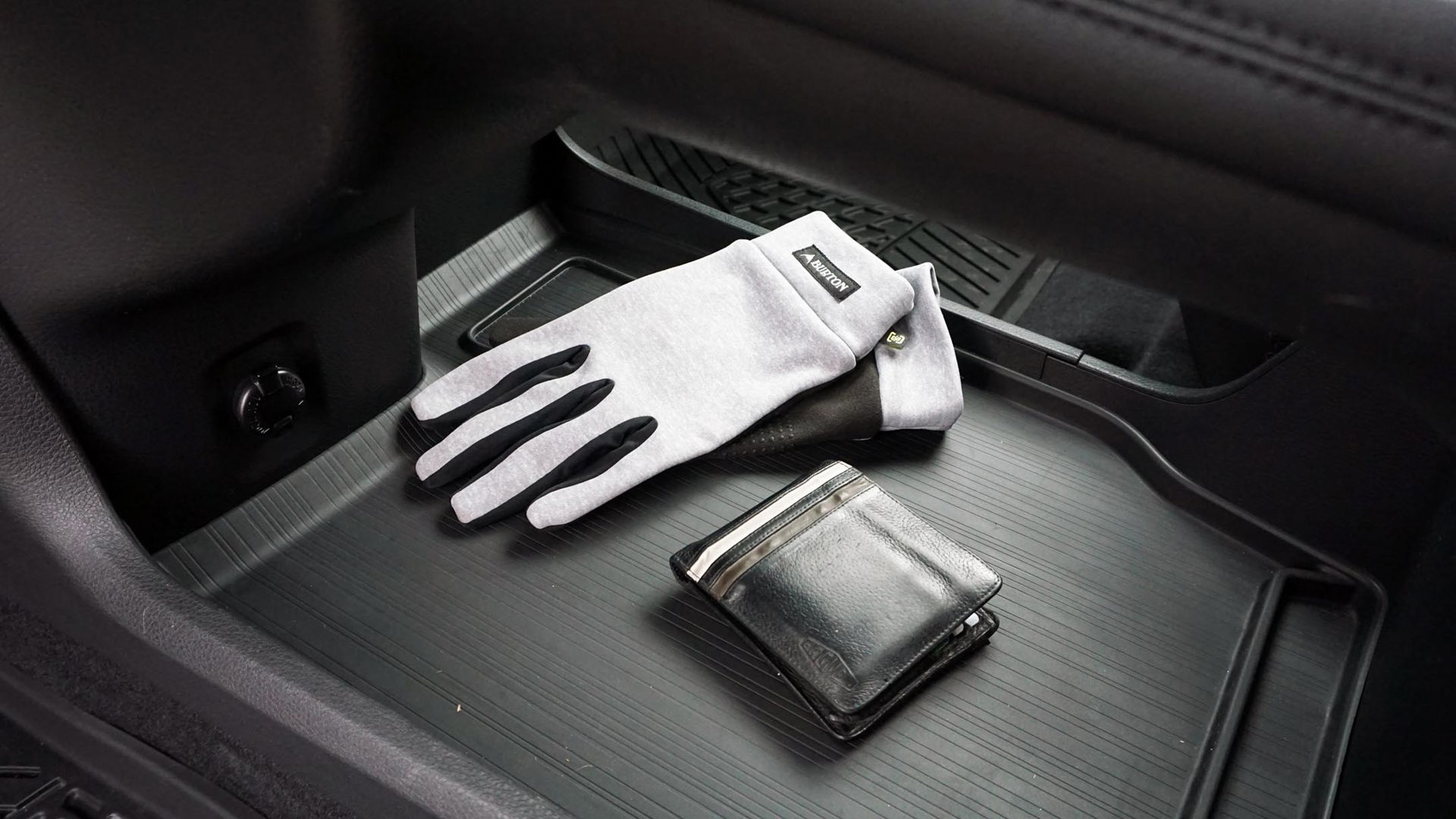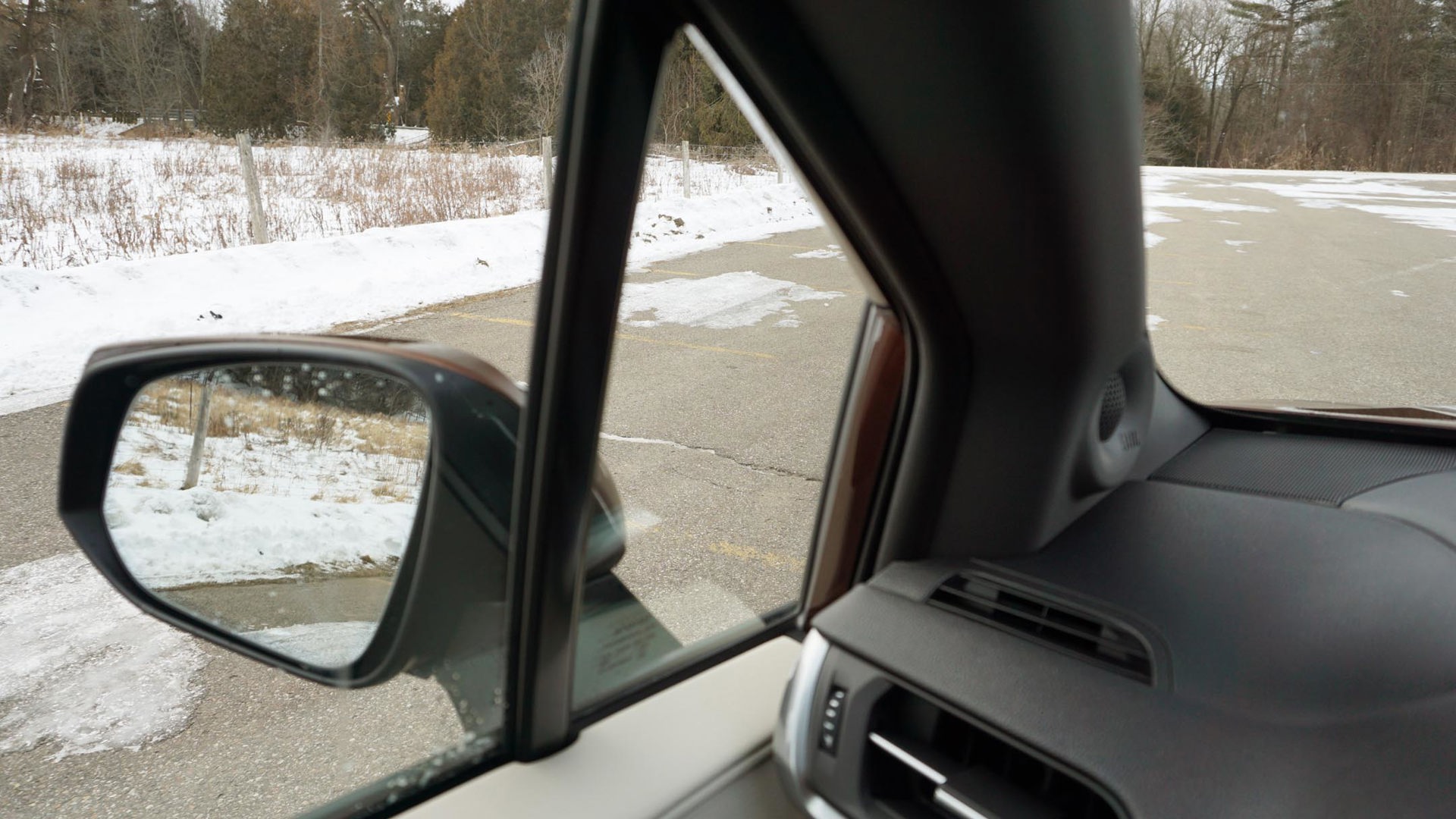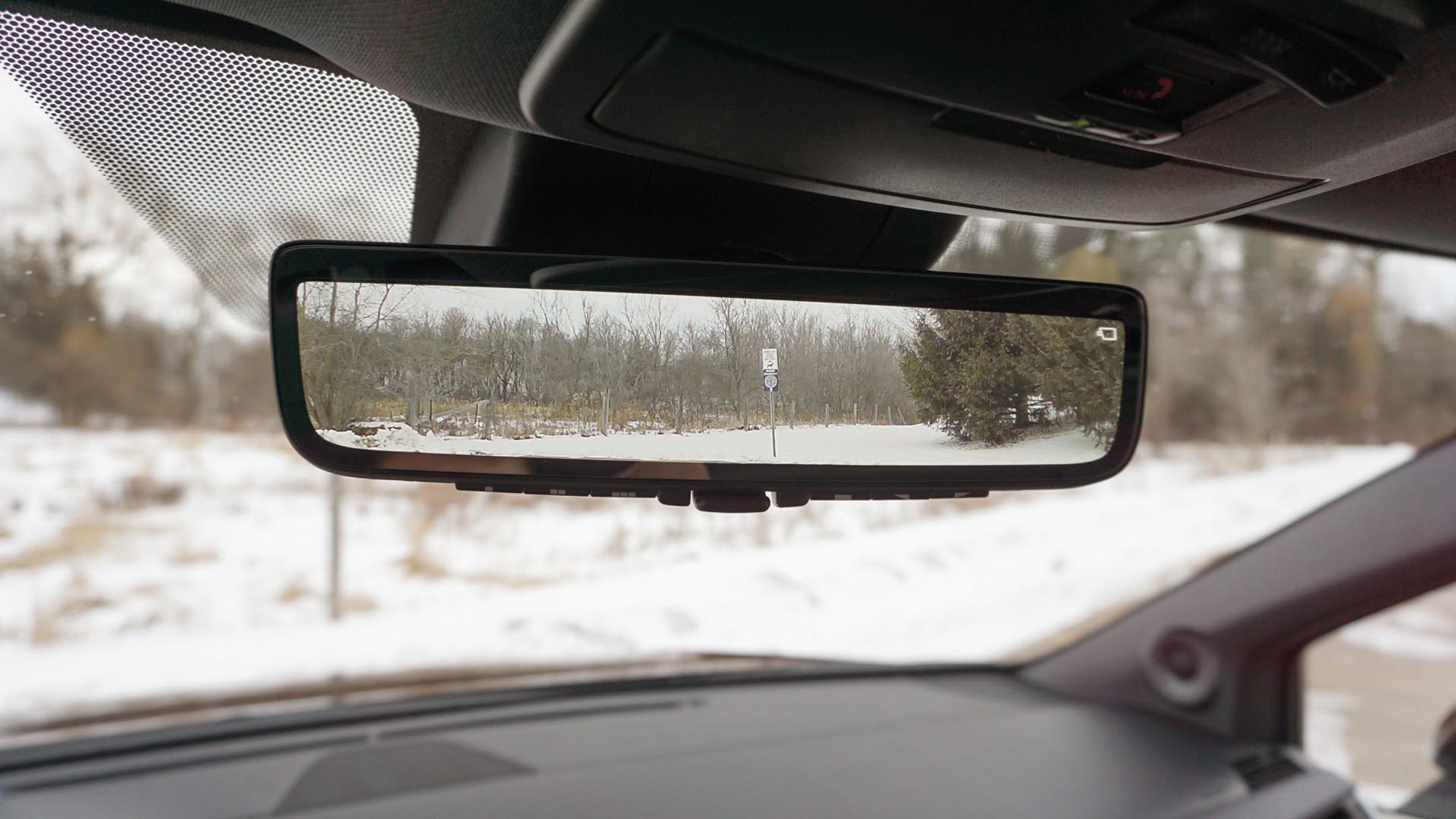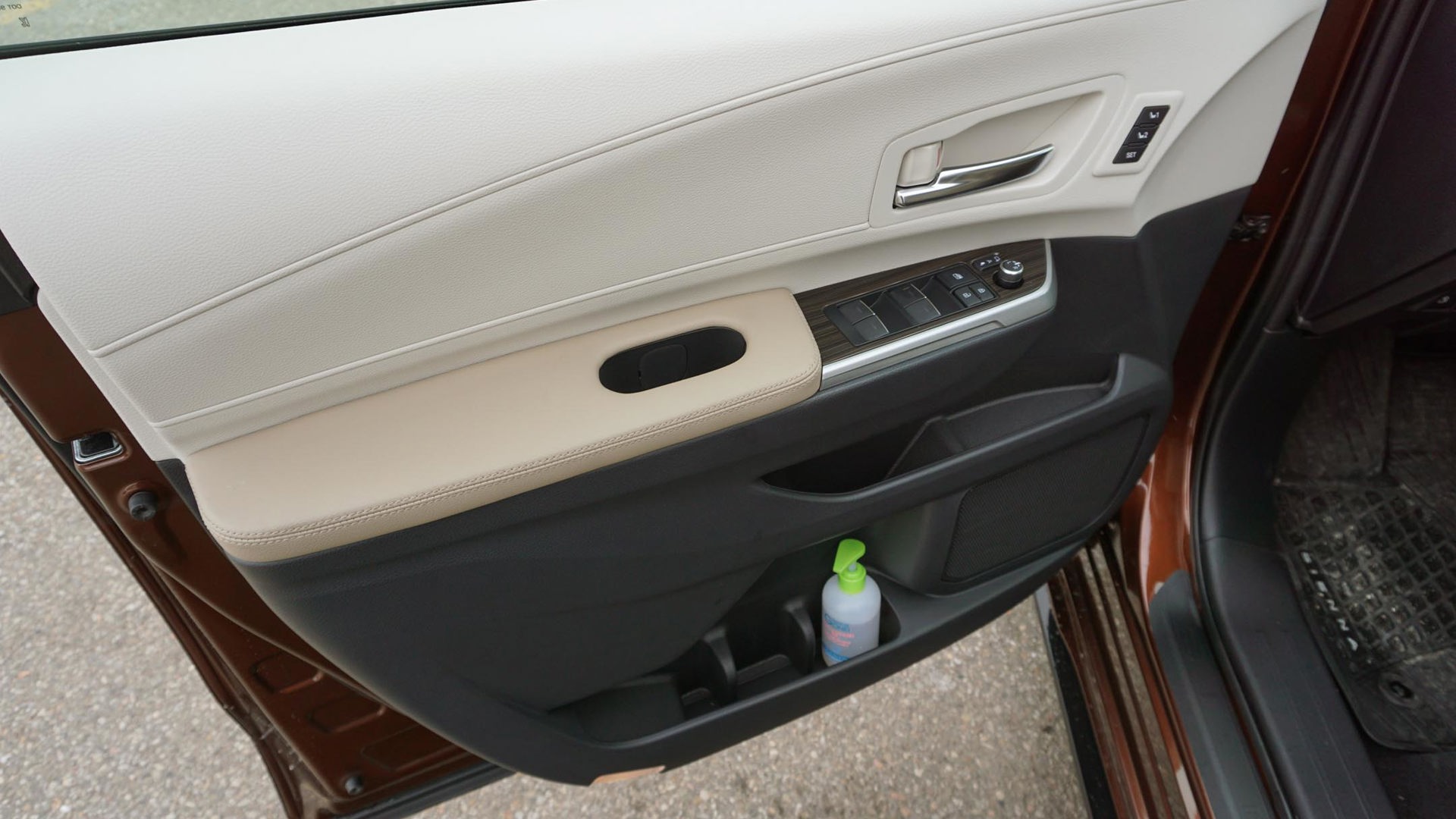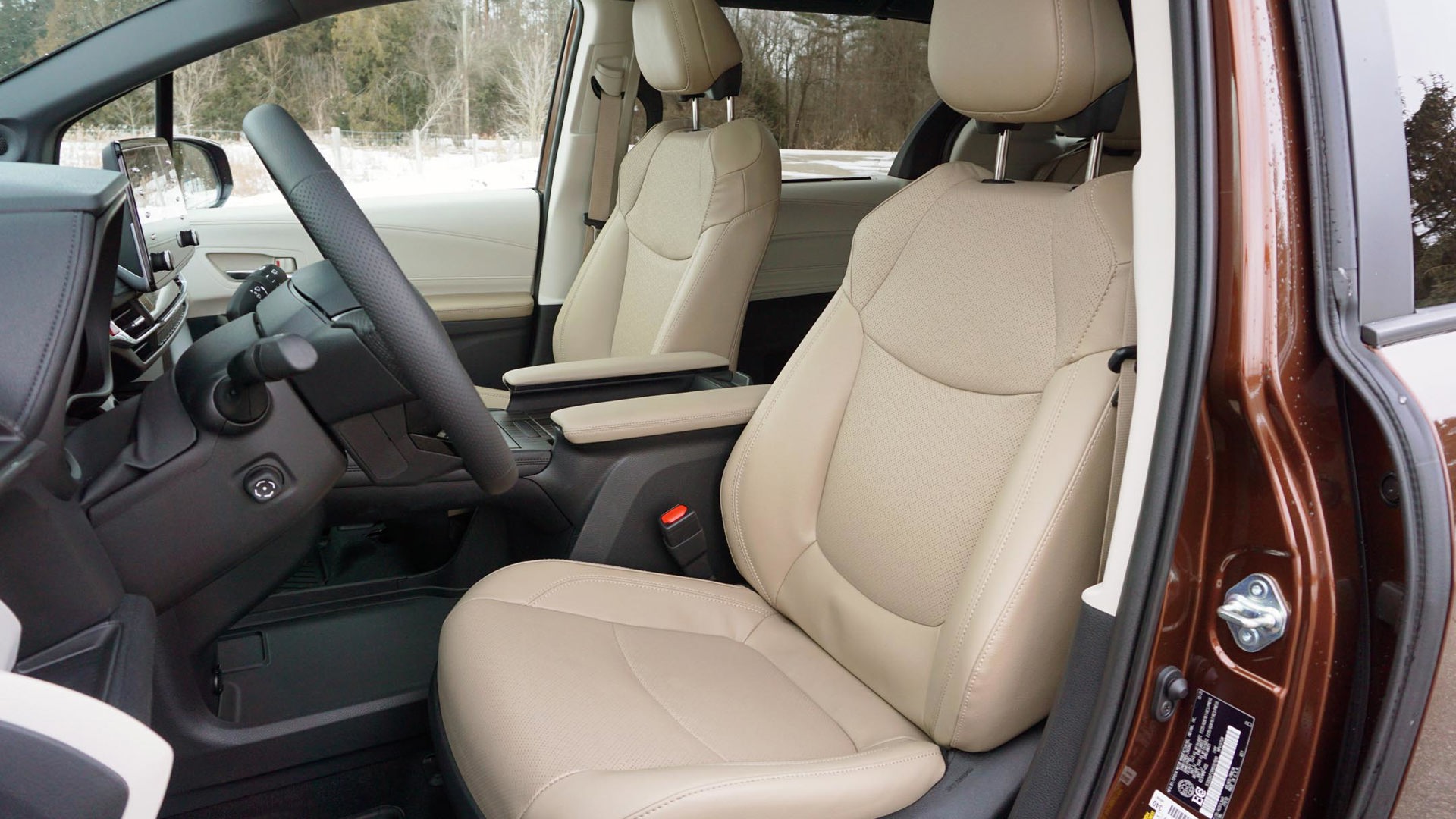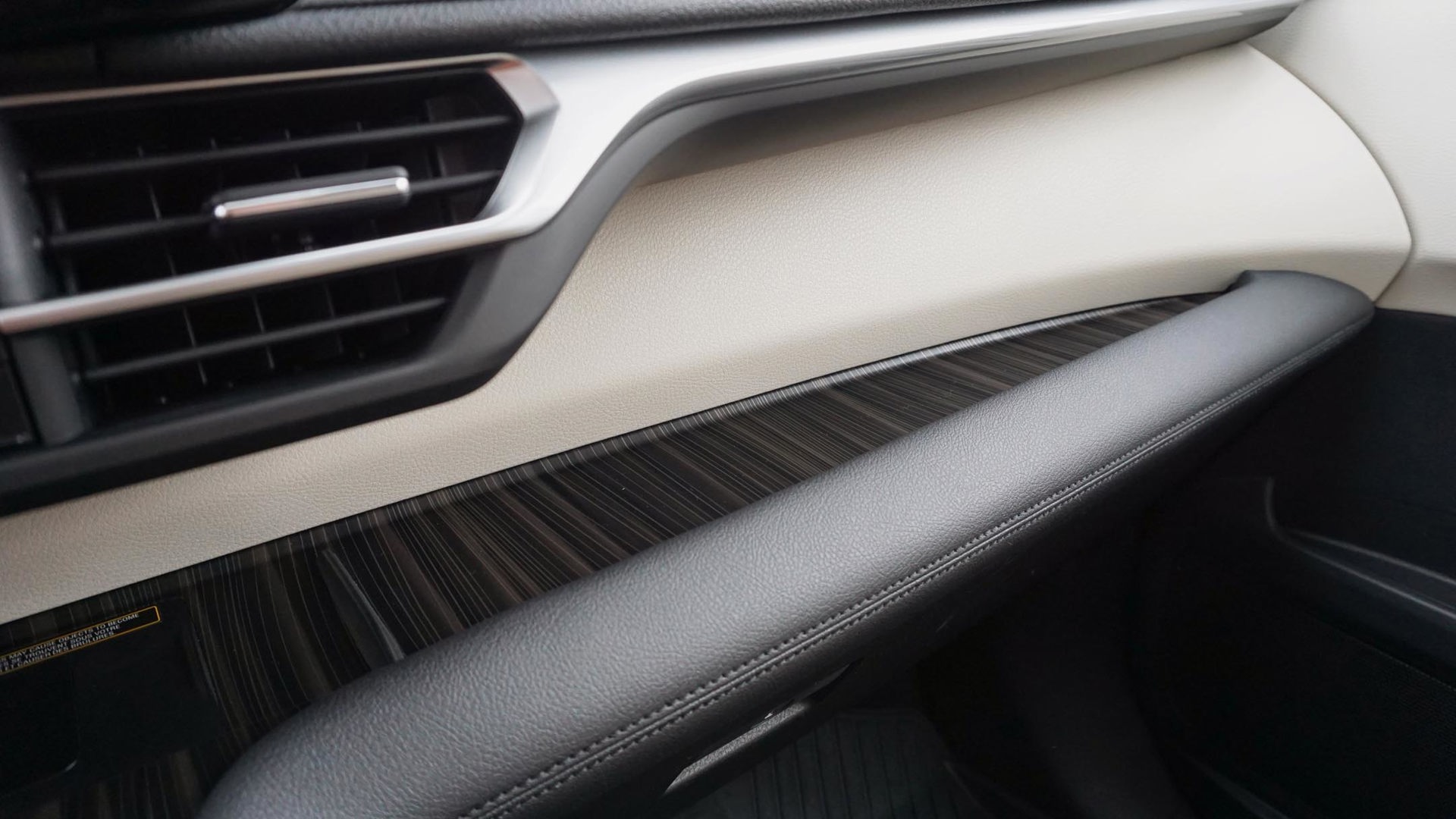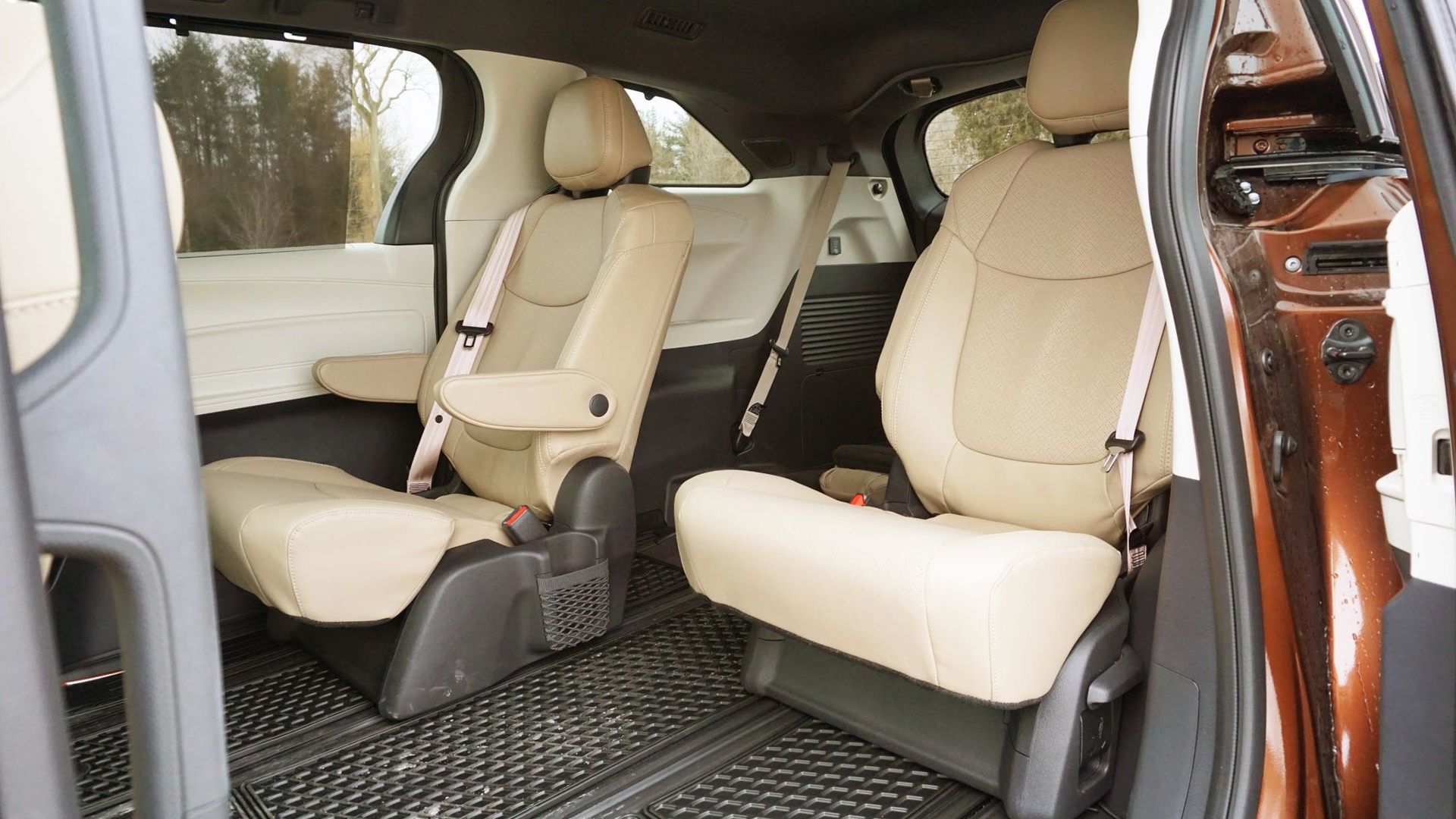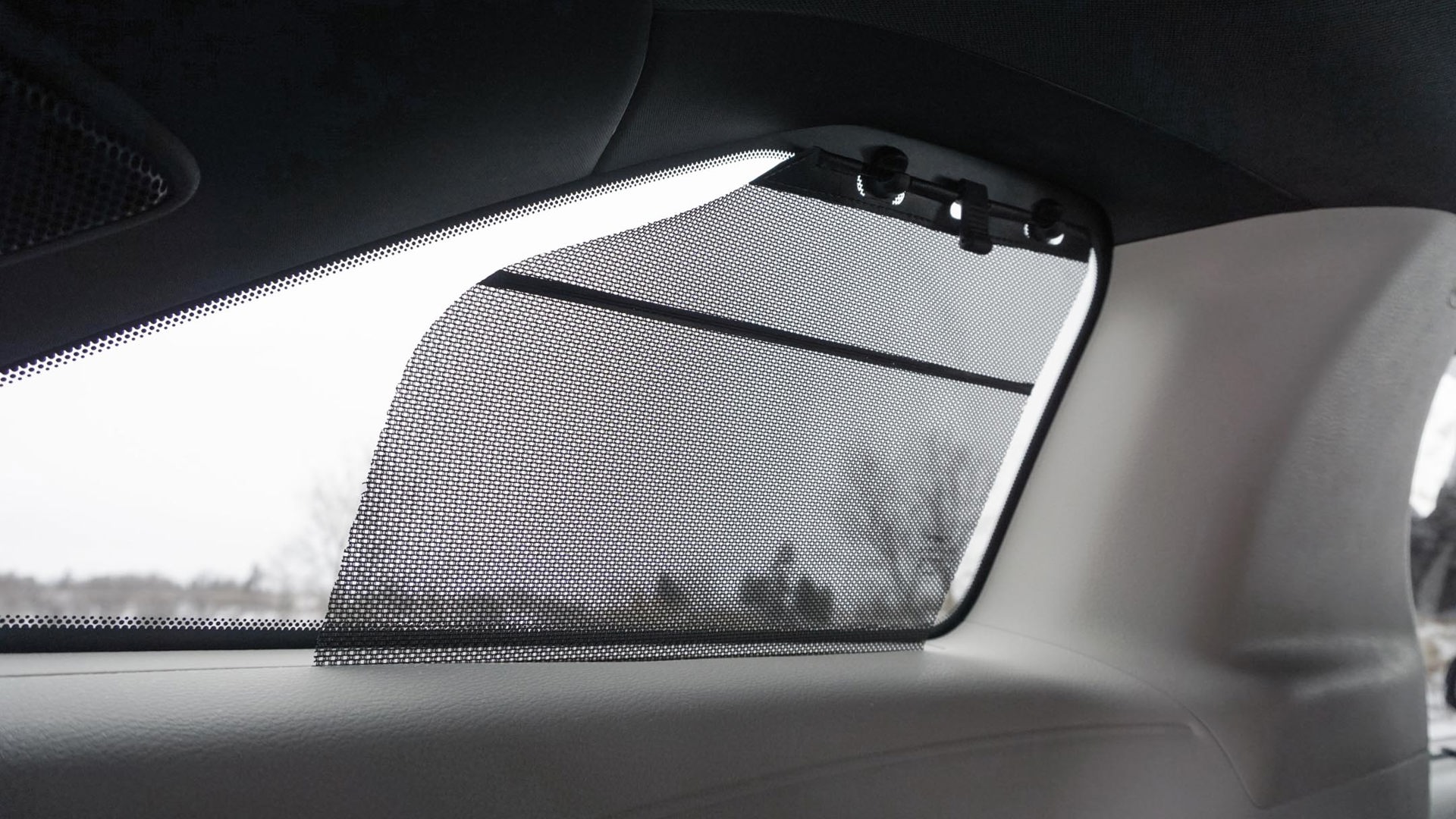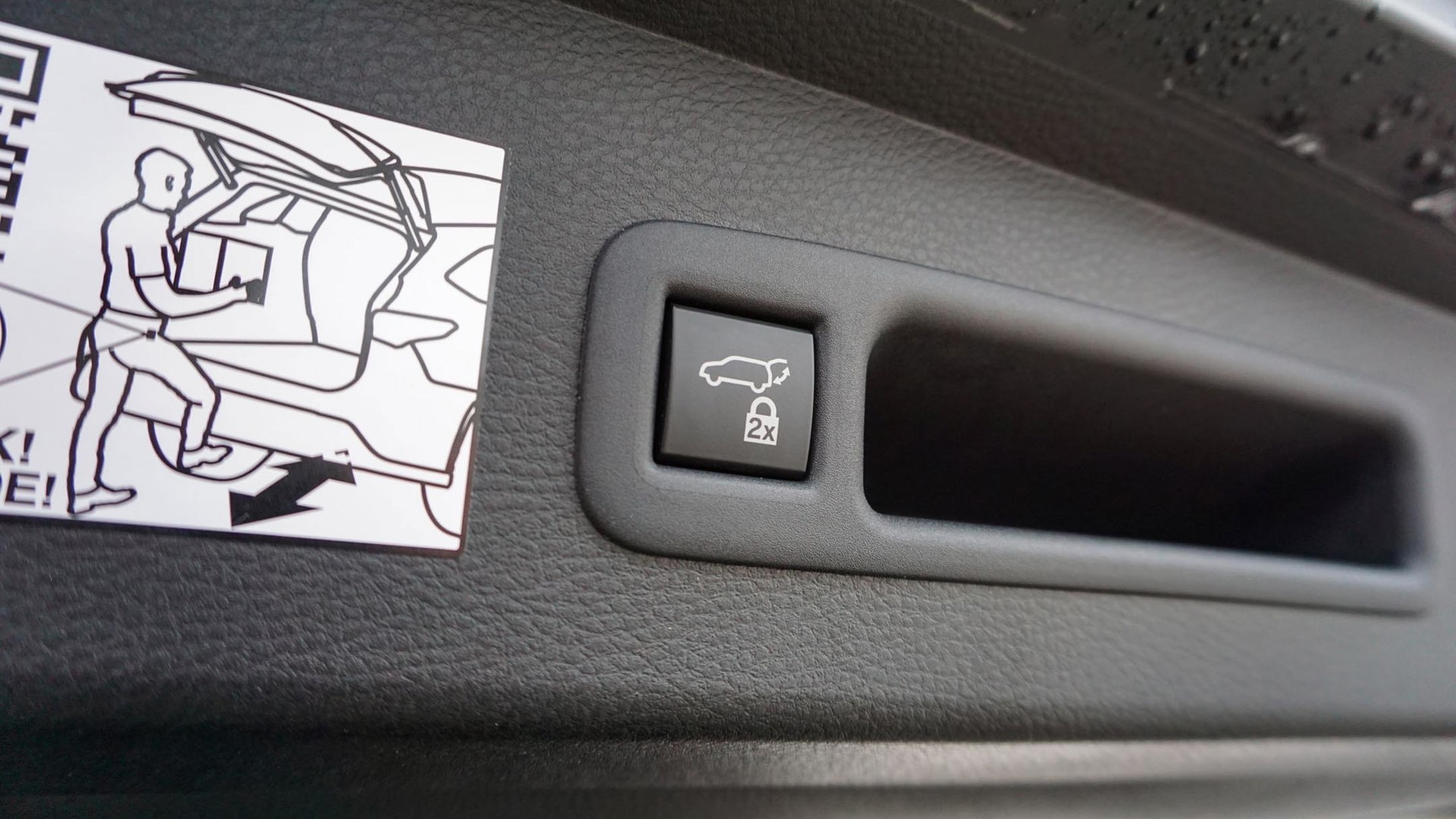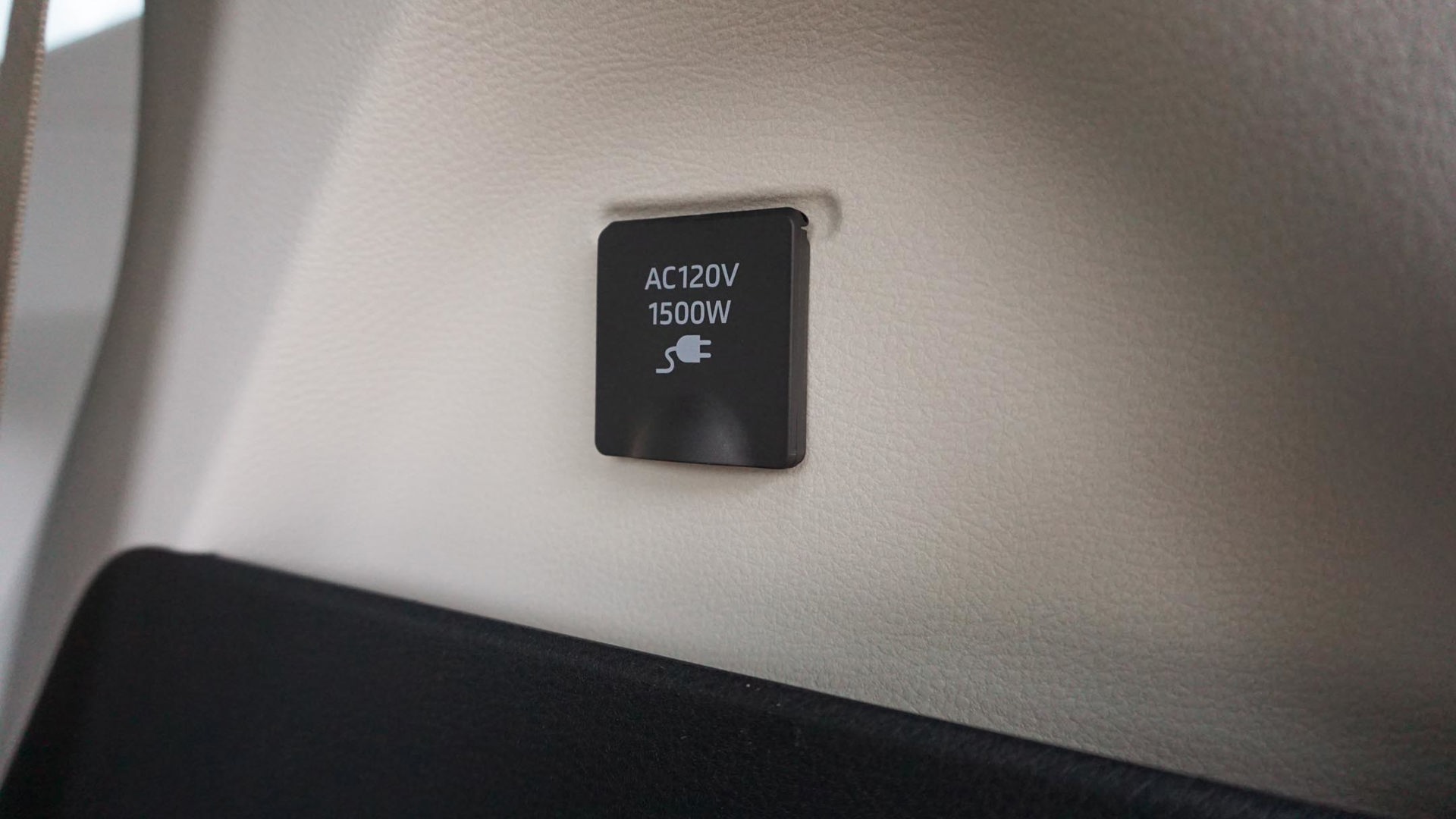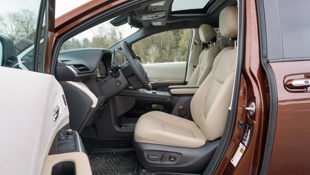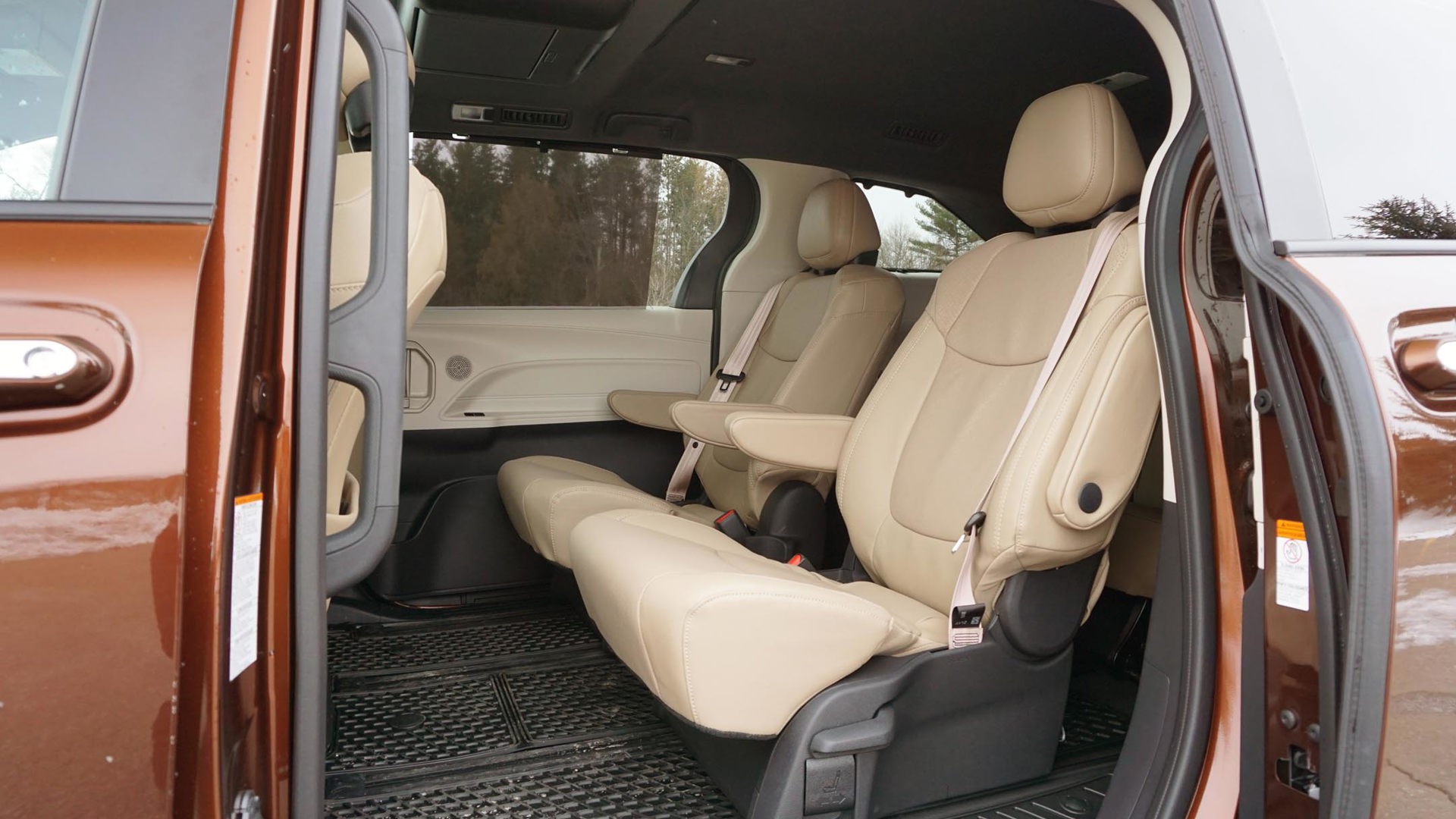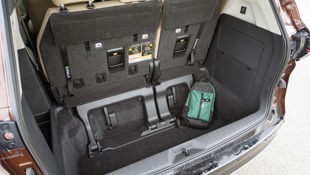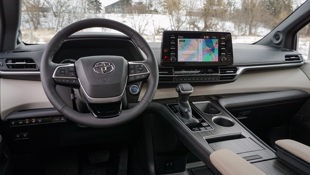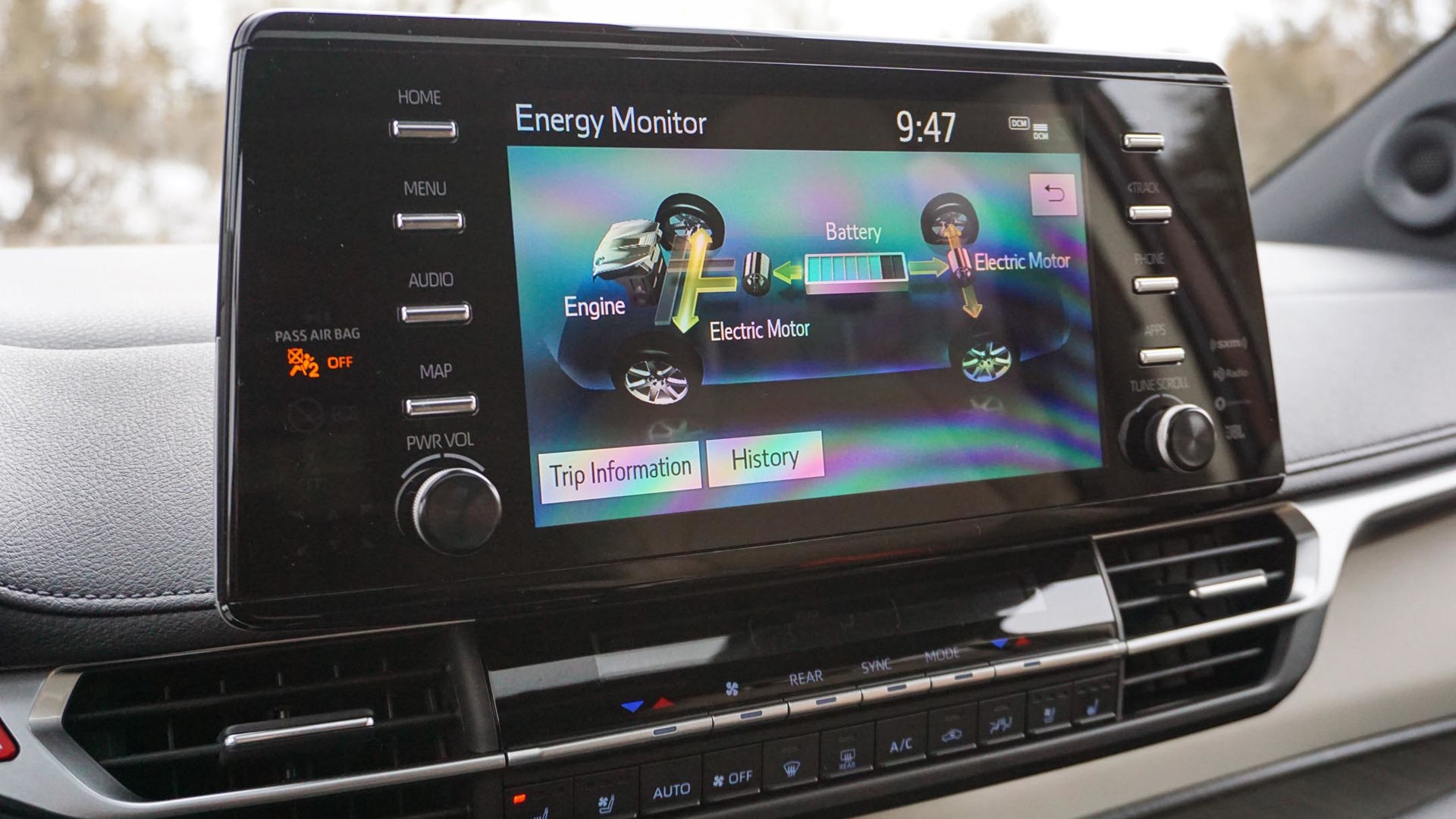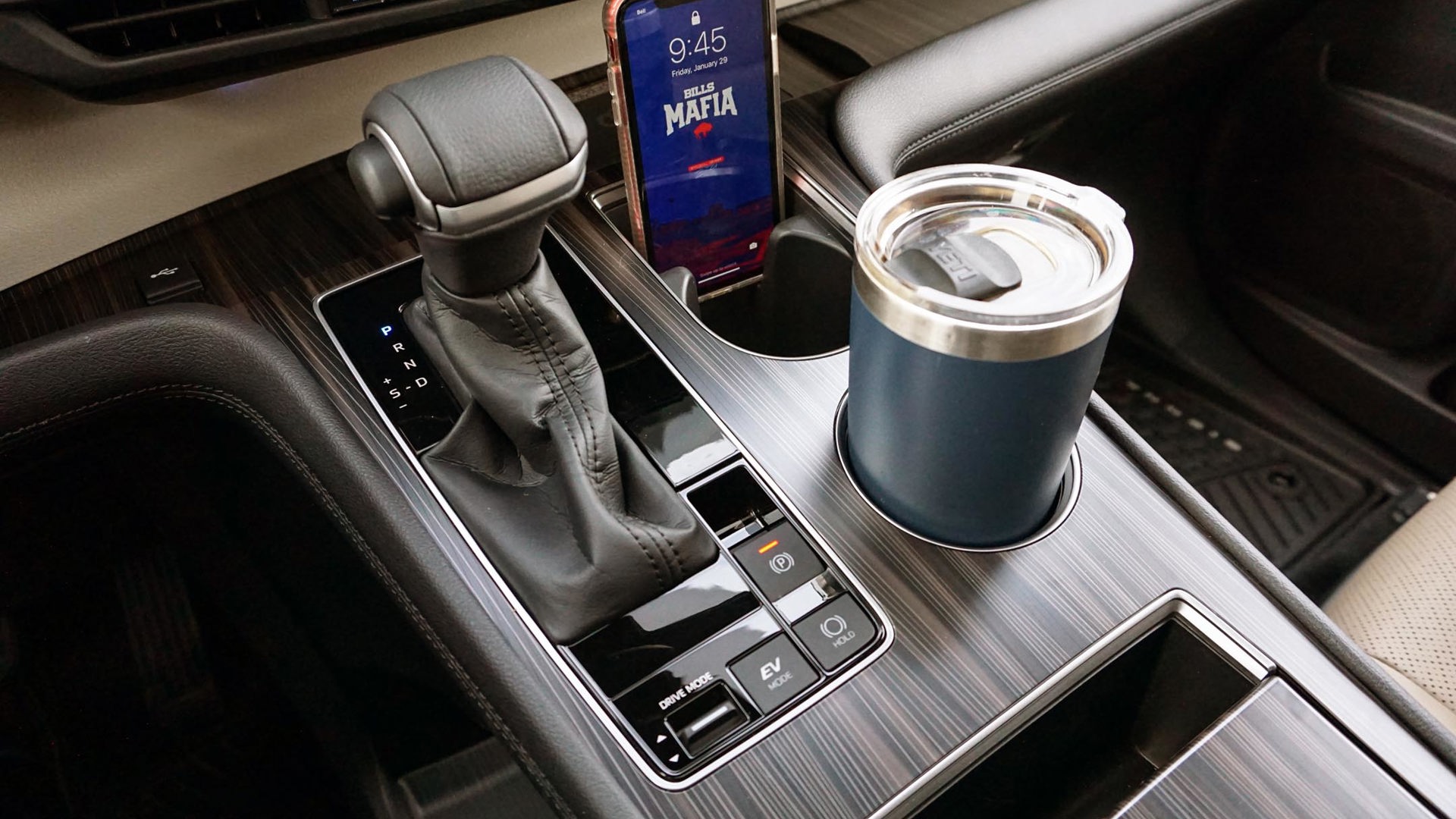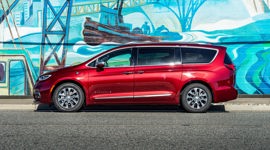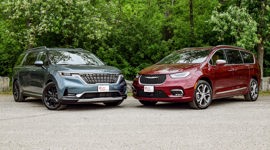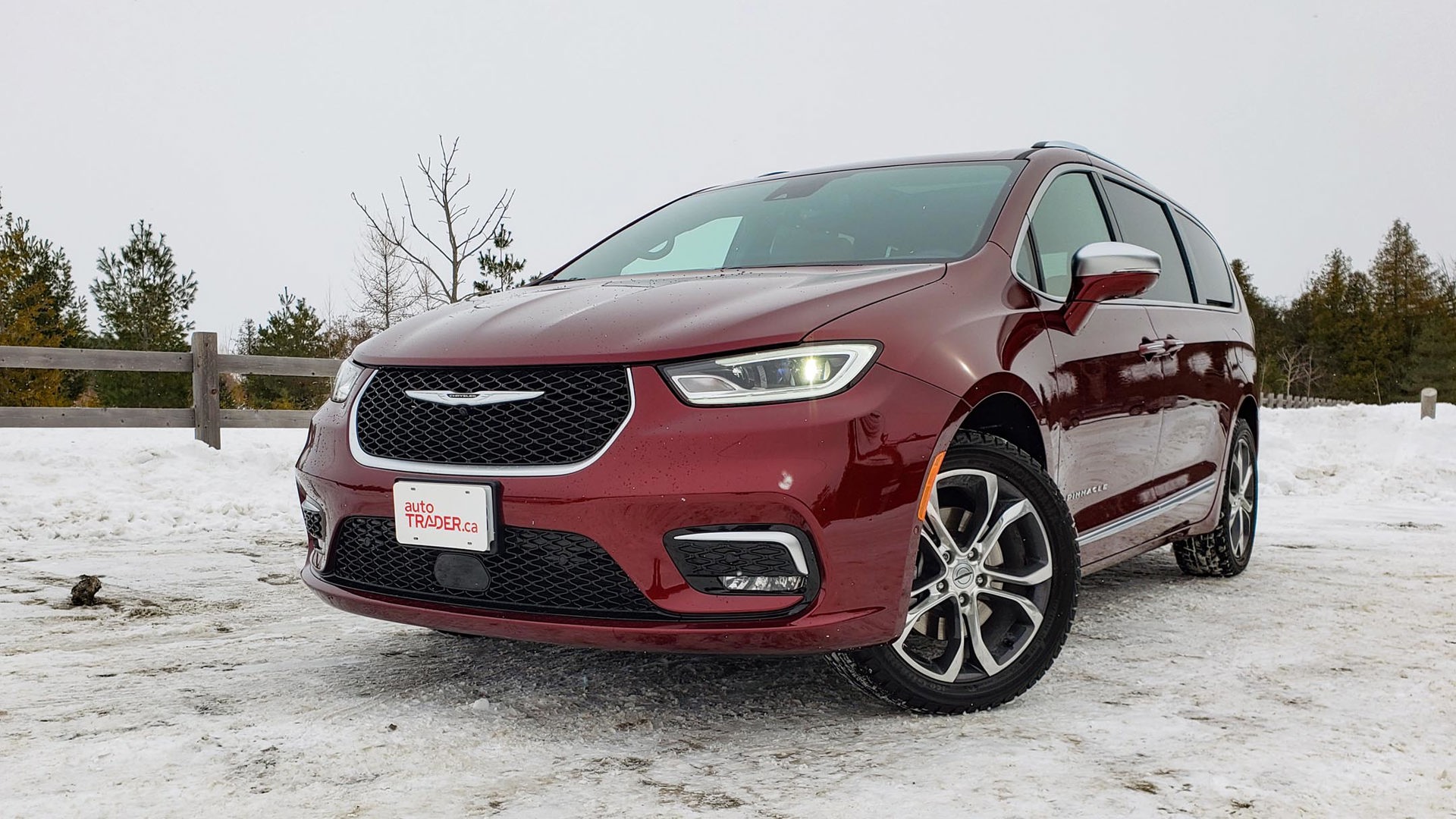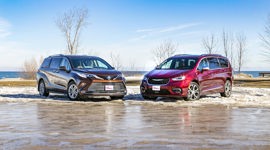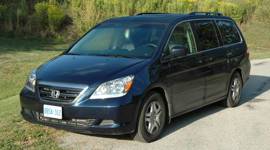 AutoTrader SCORE
AutoTrader SCORE
-
STYLING9/10
-
Safety9/10
-
PRACTICALITY9/10
-
USER-FRIENDLINESS9/10
-
FEATURES8/10
-
POWER8/10
-
COMFORT8/10
-
DRIVING FEEL7/10
-
FUEL ECONOMY10/10
-
VALUE8/10
This is a public service announcement for all the parents out there: it’s time to move past any hang-ups you might have about minivans.
For years, families have been flocking to SUVs for their perceived sense of safety, comfort, and coolness, turning their backs on this once-beloved body style in the process. But there simply isn’t a more practical people-mover out there, and you’re only doing yourself a disservice by treating the few entries left like pariahs of the marketplace.
Besides, brands like Toyota are trying really hard to give you the best of both worlds, taking all the sensibilities of a minivan and mixing them with stand-out styling and all the safety features imaginable. Add in an incredibly efficient powertrain and optional all-wheel drive, and the 2021 Toyota Sienna might just be enough to surprise those willing to heed the call.
Power: 8/10
Toyota’s move to make hybrid power standard in the fourth-generation Sienna is a commendable one. After all, it stands to reason that anyone who’s already interested in this totally overhauled entry shouldn’t be put off by the addition of small-car efficiency, while those considering a minivan for the first time will find themselves in for a pleasant surprise courtesy of this powertrain.
The 2021 Sienna relies on the automaker’s tried-and-true hybrid setup, with a 2.5L four-cylinder gas engine under the hood and twin electric motor–generators next to it – one that powers the front wheels directly, and another that puts energy into the battery pack for later use. Opting for all-wheel drive, meanwhile, adds yet another electric motor that’s dedicated to driving the rear wheels, and it operates independently of the rest of the powertrain.
Driving Feel: 7/10
Much like the Toyota Highlander Hybrid with which the Sienna shares its gas–electric underpinnings, the Sienna is a little on the sleepy side when the accelerator pedal is pressed, though that’s wholly intentional. It wouldn’t quite be fair to call it lethargic, though there’s certainly a sedated quality to its character.
Of course, that’s because it’s intended to be driven in a manner that maximizes efficiency (more on that shortly). Gentle throttle application is seemingly encouraged in order to keep the powertrain in its economical sweet spot – there’s a power meter in the gauge cluster to track the way it’s all working – and the gas engine isn’t shy about protesting loudly when pushed. It’s a combination of the continuously variable transmission (CVT) that’s paired to it and the minivan’s overall mass that makes the four-cylinder sound like it’s working especially hard when merging onto the highway.
That mass is also felt when cornering – it tips the scales at anywhere from 2,091 kg (4,610 lb) to 2,189 kg (4,825 lb) depending on equipment and configuration – though there’s certainly not any more body roll here than in the average three-row SUV, the Sienna feeling surprisingly planted even when pushed in a manner simulating evasive manoeuvring. In the same vein, the steering rack is incredibly responsive, resulting in quick changes of direction that feel like the work of a much smaller vehicle.
All the weight being moved also rears its head when it’s time to bring this family-hauler to a halt, the brakes being something of a soft spot in both figurative and literal senses. It’s a typical complaint about Toyota’s hybrids and their braking systems, which feel unnervingly inadequate at times. It’s not until deep in the pedal’s travel that the hulking Sienna might actually come to a full stop, which takes some getting used to.
Fuel Economy: 10/10
Those brakes are regenerative, putting incremental amounts of kinetic energy into the 1.9-kWh battery that’s stashed under the front seats. While capacity isn’t especially generous – by contrast, the only other gas–electric minivan on the market, the Chrysler Pacifica plug-in hybrid, has a 16-kWh pack – that battery allows for some emissions-free mileage here and there and cuts down on overall gas consumption.
Any vehicle that weighs more than two tonnes, can shuttle around the better part of a soccer team’s starting lineup, and still burn less gas than the average compact sedan is worthy of high praise, and the Sienna gets full marks for doing exactly that. An initial evaluation drive spanning 230 km in sub-zero temperatures – although without any snowfall – saw this all-wheel-drive tester shod in winter tires turn in a combined 6.4 L/100 km. That’s the same as what was averaged during a summertime test of the Highlander Hybrid, and even better than its official combined rating of 6.7 L/100 km (skipping the optional all-wheel drive sees that number drop to 6.5).
For the sake of comparison, the previous Sienna powered exclusively by a V6 engine was rated at 11.0 L/100 km combined (11.7 with all-wheel-drive), while the Honda Odyssey is good for a claimed 10.6 L/100 km. The Pacifica Hybrid, meanwhile, isn’t as cut and dried, with a specialized system used to factor in its electric driving range. With its battery topped up to a full 50 km of range, it’s rated at 2.9 Le/100 km, or litres equivalent; once the battery is depleted, it’s rated at 8.0 L/100 km combined.
Practicality: 9/10
Sipping fuel might be the Sienna’s specialty, though it’s equally adept at doing van stuff, too. While the location of the battery pack cuts into headroom up front – it’s down about 70 mm from the previous version – only those on the high side of 6-foot-3 should notice. It’s particularly problematic for those in the passenger seat, which lacks height adjustability, leaving tall occupants feeling like they’re sitting on a phonebook. Otherwise, there’s nothing about the way it manages people or their stuff that’s handicapped by the Sienna’s hybrid powertrain.
It’s offered in seven- or eight-passenger configurations, the former placing a pair of captain’s chairs in the second row. Those upgraded seats also feature unique long-slide functionality that allows them to be moved some 635 mm (25 in) fore or aft to provide limo-like legroom for passengers or all kinds of cargo space when the back bench isn’t required. When it is, accommodations are enough for two adults or three children, although it’s fair to expect a fight over who gets to sit in the far more spacious second row.
If the Sienna is being cross-shopped against an SUV, there simply isn’t an entry on the market this side of the Ford Expedition that can match its ability to carry cargo – and even that’s something of a stretch. Because while they look similar on paper, the ease with which this Toyota can be loaded with stuff is beyond the reach of a full-size SUV.
The liftover height – basically, how high the rear lip into the cargo area stands – is just 635 mm (25 in) or so, which is a good 220 mm (8.7 in) lower than, say, the GMC Yukon’s, while the deep well that allows the third-row bench to be stashed in the floor is great for keeping grocery bags upright. Total space behind those split-folding seats stands at 949 L, while tucking them away yields roughly 2,000 L, depending on the position of the second row.
User Friendliness: 9/10
While there are no powered switches to reconfigure the cabin – not even in the top trim tested – autoTRADER.ca Editor-in-Chief Jodi Lai was particularly taken with how easily each side of the third-row bench can be stashed in the floor. Not exactly known for her Herculean strength, the fact she could manage the operation with one hand landed on the list of her seven favourite features in the overhauled Sienna.
So too did the hands-free sensors that allow not just the tailgate but also the sliding doors to be opened with the kick of a foot, and that’s standard for all but the base trim. Those sliding doors also mean incredibly easy access to the back half of the cabin, while eliminating the risk of an errant door dinging the vehicle parked next to it at the grocery store.
Whether in either rear row or up front, it seems like Toyota’s design team was striving for the record of most usable nooks and crannies ever stuffed inside a cabin. While Subaru made a big deal about the 19 cupholders in its three-row Ascent, there’s more small-item storage in the Sienna than a Tupperware party, with all kinds of shelves and cubbies scattered about. From the doors to the dash, or on top of and underneath the centre console, not a millimetre of space went to waste.
Mounted atop the dash in every version of the Sienna is a nine-inch touchscreen infotainment system that’s responsive and easy to operate, with simple smartphone pairing through the inclusion of both Android Auto and Apple CarPlay. While the various buttons that flank the display are on the small side and their labels tough to read at a glance, the integration of conventional knobs for volume and tune control is a nice touch, as is the set of physical climate controls that’s missing from the top trims of the reintroduced Toyota Venza.
The Toyota tradition of obscuring extra switchgear for stuff like the heated steering wheel continues here, with a bank of buttons by the driver’s left knee, but the steering wheel itself has an array of easy-to-read controls for systems like audio and adaptive cruise control.
Safety: 9/10
That adaptive cruise works in stop-and-go traffic and comes standard in every Sienna trim, as does most of the rest of the automaker’s advanced driver-assist and safety systems. There’s blind-spot monitoring with rear cross-traffic alert, automatic high-beams, lane-departure warning and lane-keep assist, and forward automatic emergency braking with pedestrian detection. The forward collision warning system is on the sensitive side, though it’s better safe than sorry, as the saying goes, while the remaining systems work as they should.
As far as the safety basics are concerned, there’s LED lighting all around the outside that’s fully automatic, as well as a government-mandated back-up camera (it gets upgraded to a full surround-view system on the top trim, along with front and rear parking sensors), 10 airbags throughout the cabin, and child seat tether points in all rear seating positions.
Looking through the front half of the cabin, outward visibility is impressive. The stubby nose makes it much easier to navigate in tight spaces than a similarly sized sport-utility, while the narrow A-pillars work in conjunction with quarter glass on either door to eliminate the pesky blind-spots that can hide pedestrians using crosswalks. Sights from the C-pillars back – beyond the sliding doors – are compromised by chunky plastic panels and the rear headrests, though the large door mirrors do well to provide a decent look down either side of the Sienna without impeding forward views.
Styling: 9/10
Automakers will often make a fuss about where designers drew their inspiration while penning a particular vehicle’s look. It’s usually something of a stretch, though there are exceptions (the current Subaru Outback, for instance, with its patterned rocker panels, was drawn up to look like a hiking boot). The redesigned Sienna happens to be one of them.
While photos don’t totally do it justice, it doesn’t take long to find the front-end similarities to Japanese bullet trains Toyota boasts about here when face-to-face with this fourth-gen model. While the gaping maw the automaker has been slapping on much of its lineup lately looks a bit like the grimace emoji here (you know the one: 😬), the entire exterior is brimming with character.
Comfort: 8/10
The interior isn’t quite as outright stylish, with its practicality presenting as the true star of the show, which means some of the materials inside miss the mark for the $60,000 selling price of this top-of-the-line tester. It’s namely the plastics throughout the cabin that come up a little short, while there are just a few too many flat surfaces painted to look like wood. The same trick works well in the smaller Venza with its flowing shapes, but it’s a little hokey here. Then again, those flat surfaces provide endless shelf space for stuff.
The top trim is the only one that comes with genuine cowhide upholstery, with cloth or synthetic leather in the rest. Either way, an early report from autoTRADER.ca expert contributor Jil McIntosh concluded that the seats are comfortable regardless of what they’re covered in, and they certainly proved to be in the loaded Limited trim. With only one stop for photos on that initial 230-km test loop, no fatigue whatsoever set in over the course of more than four hours of driving.
If it wasn’t for its usefulness and utility, or the incredibly efficient powertrain, the Sienna’s ride quality would be its finest attribute – a compliment of the highest regard for a vehicle predicated upon its practicality first and foremost. Even more so than the Highlander Hybrid, this people-mover manages to sort of float down the road unperturbed by much of anything. While broken and cracked pavement manages to bring out some of the rigidity of the platform on which it’s built, the suspension manages to soak up most of what it encounters with ease.
Features: 8/10
Shopping for a revamped Sienna isn’t quite as streamlined as it is with the Highlander, where hybrid power is optional but all-wheel drive is standard, and there are quite a few versions of this van to choose from. There’s the eight-passenger base trim that starts at $41,930 before tax, and it comes with some good stuff. There’s a heated steering wheel and front seats, that nine-inch infotainment system, Android Auto and Apple CarPlay, a tri-zone automatic climate control system, and all those advanced safety systems. On top of that, there are seven USB ports scattered throughout the cabin, second-row sunshades, and power sliding doors (just no kick sensors). Opting for all-wheel drive, meanwhile, adds $2,000 to the price tag, for a pre-tax total of $43,930.
Moving to the $44,930 XLE adds two extra speakers to the stereo for a total of eight, an extra climate zone to bring the count to four, faux leather upholstery, a power sunroof and tailgate, kick sensors for the sliding doors and hatch, and proximity-sensor door handles. The upgrade to all-wheel drive pushes the price to $47,330, which also includes the long-sliding second-row seats.
The XSE trim returns to a $2,000 price difference for all-wheel traction – $47,630 without; $49,630 with – and gets its own sporty styling kit, as well as built-in navigation. It also adds the option of a $5,500 tech pack that brings with it features from the top trim like a wireless phone charger, 12-speaker stereo, digital rearview mirror display, front and rear parking sensors, a rear entertainment system with HDMI inputs, and two 120-volt household outlets.
Finally, the fully loaded Sienna Limited comes with all that plus leather upholstery, ventilated front seats, heated rear seats, and a surround-view system for $58,130, or $60,130 with all-wheel drive. It’s got almost everything a proper family hauler needs with the exception of a Wi-Fi hotspot, which puts this Toyota at a disadvantage next to competitors like the Odyssey and Pacifica. It does, however, allow casting from smart devices directly to the entertainment system in the back, which is something of a consolation prize.
Value: 8/10
Compared to a conventionally powered minivan like the Odyssey, this Toyota is priced well lower in its trim lineup, with only the most expensive model costing more. It’s not an insignificant sum – at $55,945 before tax, the Odyssey’s top trim is $2,185 cheaper – but then at the rate the gas–electric Sienna burns fuel, it should only take a couple years to cover the additional cost. Then there’s the only other entry like it, the pricey Pacifica plug-in hybrid, which qualifies for the federal government’s rebate program (as well as provincial rebates in Quebec and British Columbia) but ranges from $56,990 to $61,990 and isn’t available with all-wheel drive.
Dollar for dollar, the Highlander Hybrid is more expensive to start but actually undercuts the front-wheel-drive Sienna Limited at the top end by $200 – and it comes with standard all-wheel drive. That means a comparable version of the Sienna with four-wheel traction is $2,200 more.
The Verdict
Which begs the question: what are you getting for that price premium? Because they do share a few important elements. Their powertrains are identical. They burn the same amount of gas – which isn’t much at all. These two even tow the same 1,588 kg (3,500 lb). And yet for family life, this isn’t a matter of six of one or half a dozen of the other.
Make no mistake, the Highlander’s a great vehicle in its own right; if you have your heart set on a three-row SUV it certainly won’t disappoint. It also boasts a little more ground clearance than the Sienna, not that it matters much in everyday life. What does matter in a family hauler like this is versatility and usability, and those are measures by which the Highlander – nor any other SUV out there – can come close to the Sienna. They aren’t quantifiable like ground clearance, but they’ll make all the difference for you and your family.
| Engine Displacement | 2.5L Hybrid |
|---|---|
| Engine Cylinders | I4 |
| Peak Horsepower | 245 hp net |
| Peak Torque | n/a |
| Fuel Economy | 6.8 / 6.6 / 6.7 L/100 km cty/hwy/cmb |
| Cargo Space | 949 / 2,129 / 2,860 L behind 3rd/2nd/1st row |
| Model Tested | 2021 Toyota Sienna Limited AWD |
| Base Price | $58,190 |
| A/C Tax | $100 |
| Destination Fee | $1,840 |
| Price as Tested | $60,130 |
|
Optional Equipment
None
|
|
